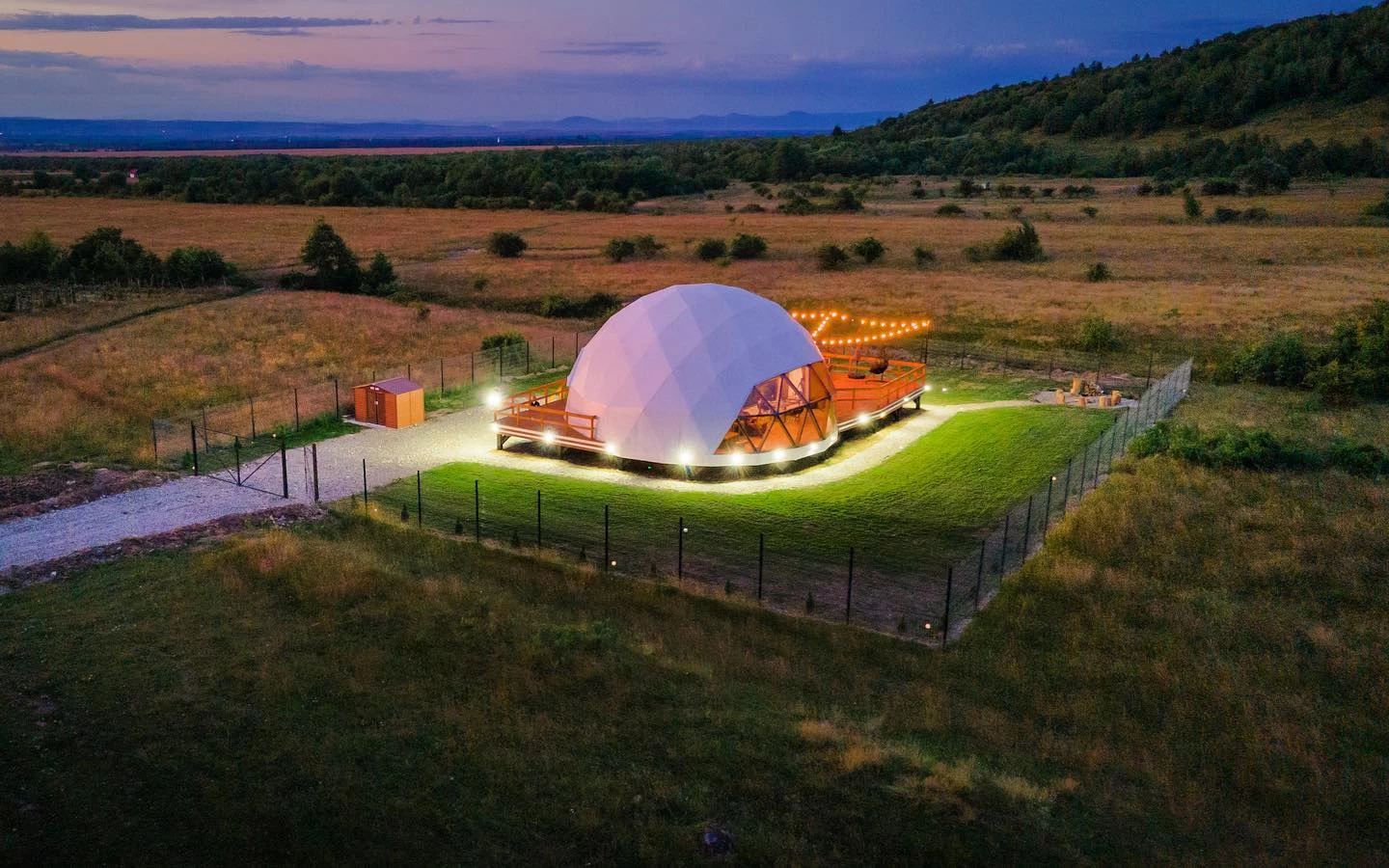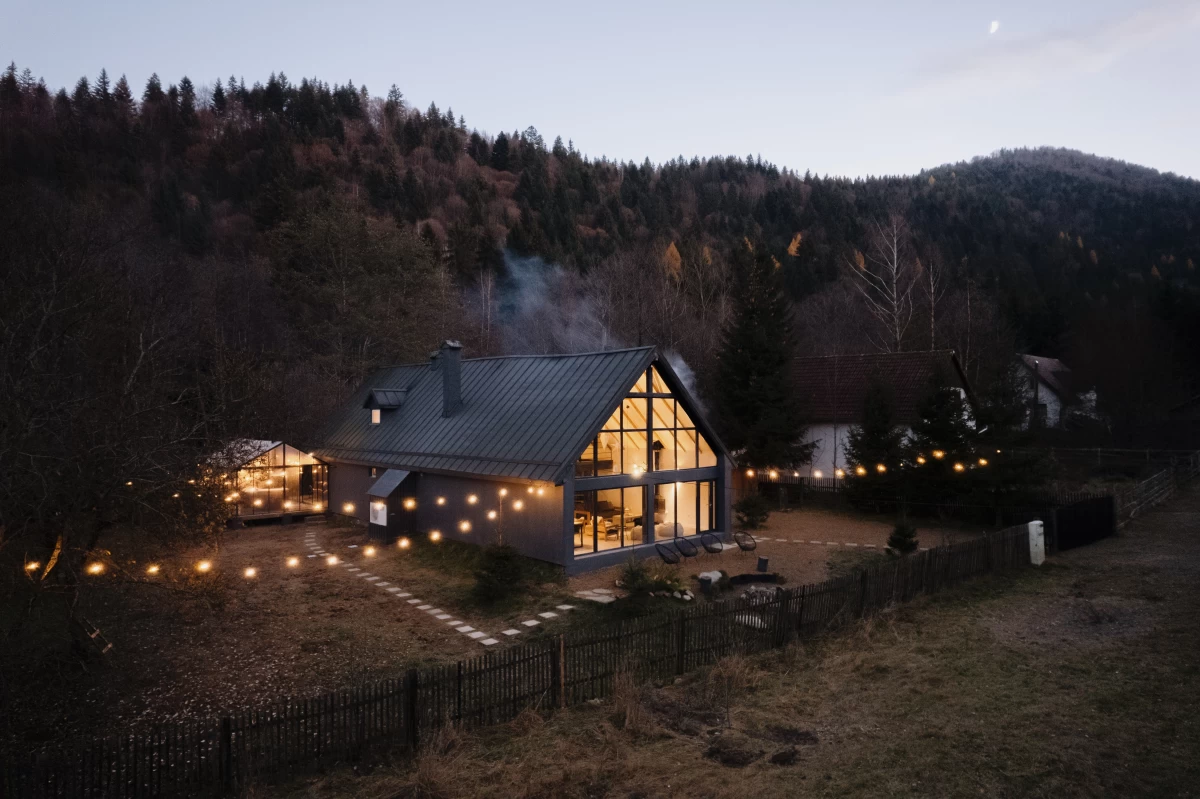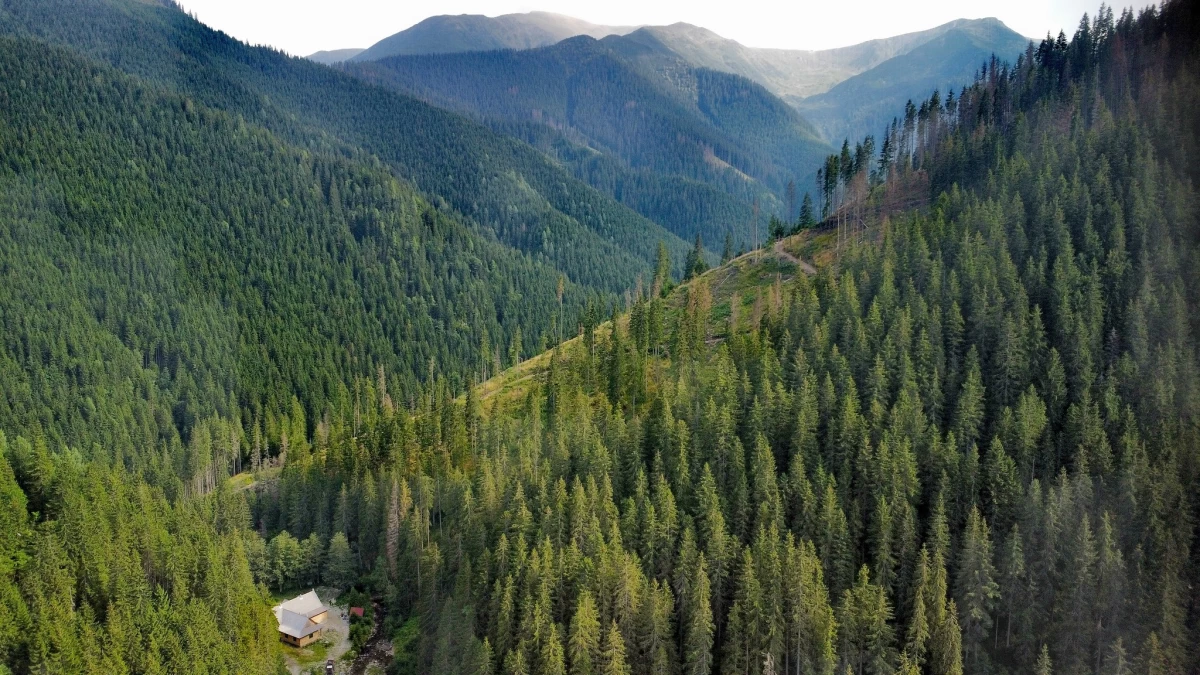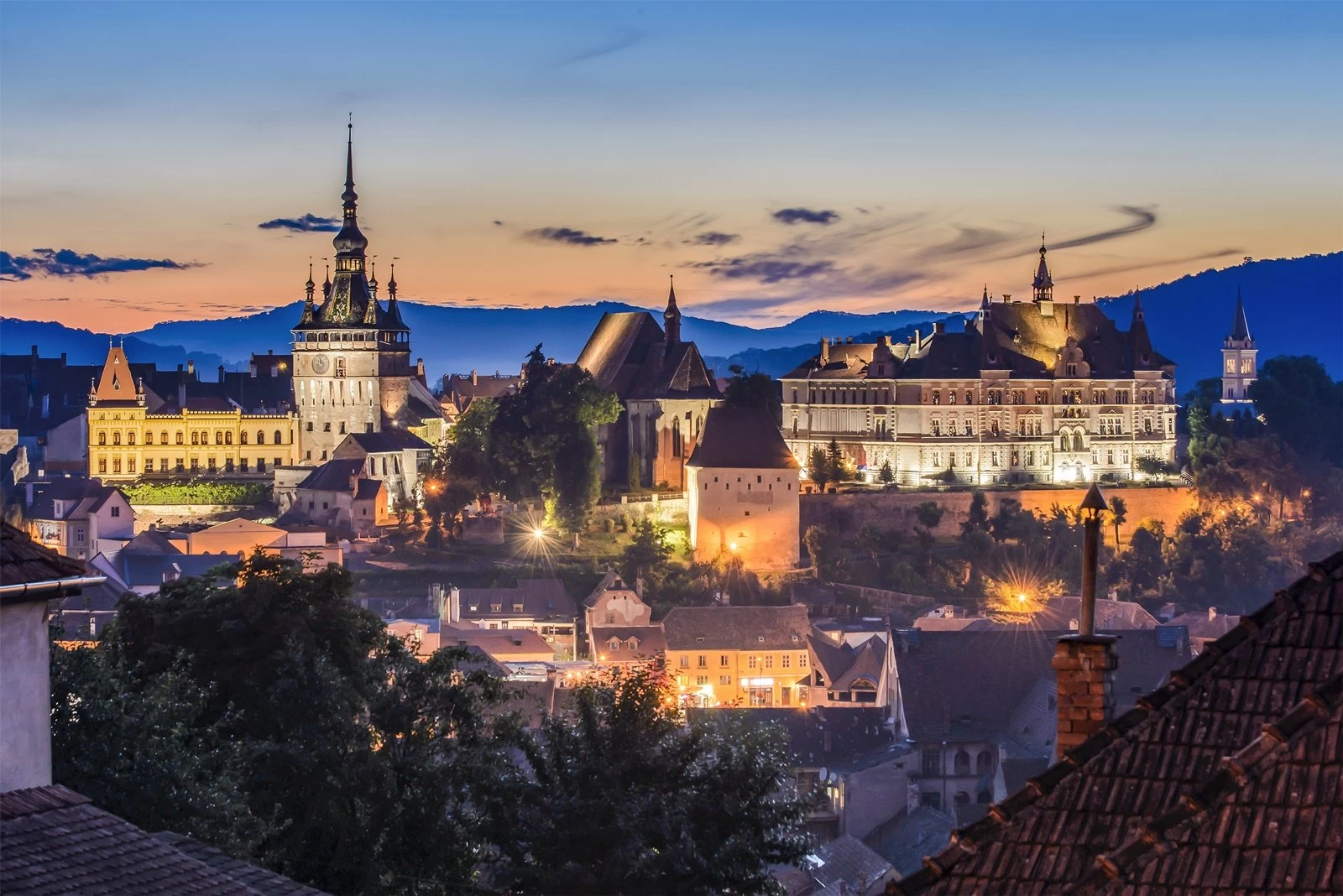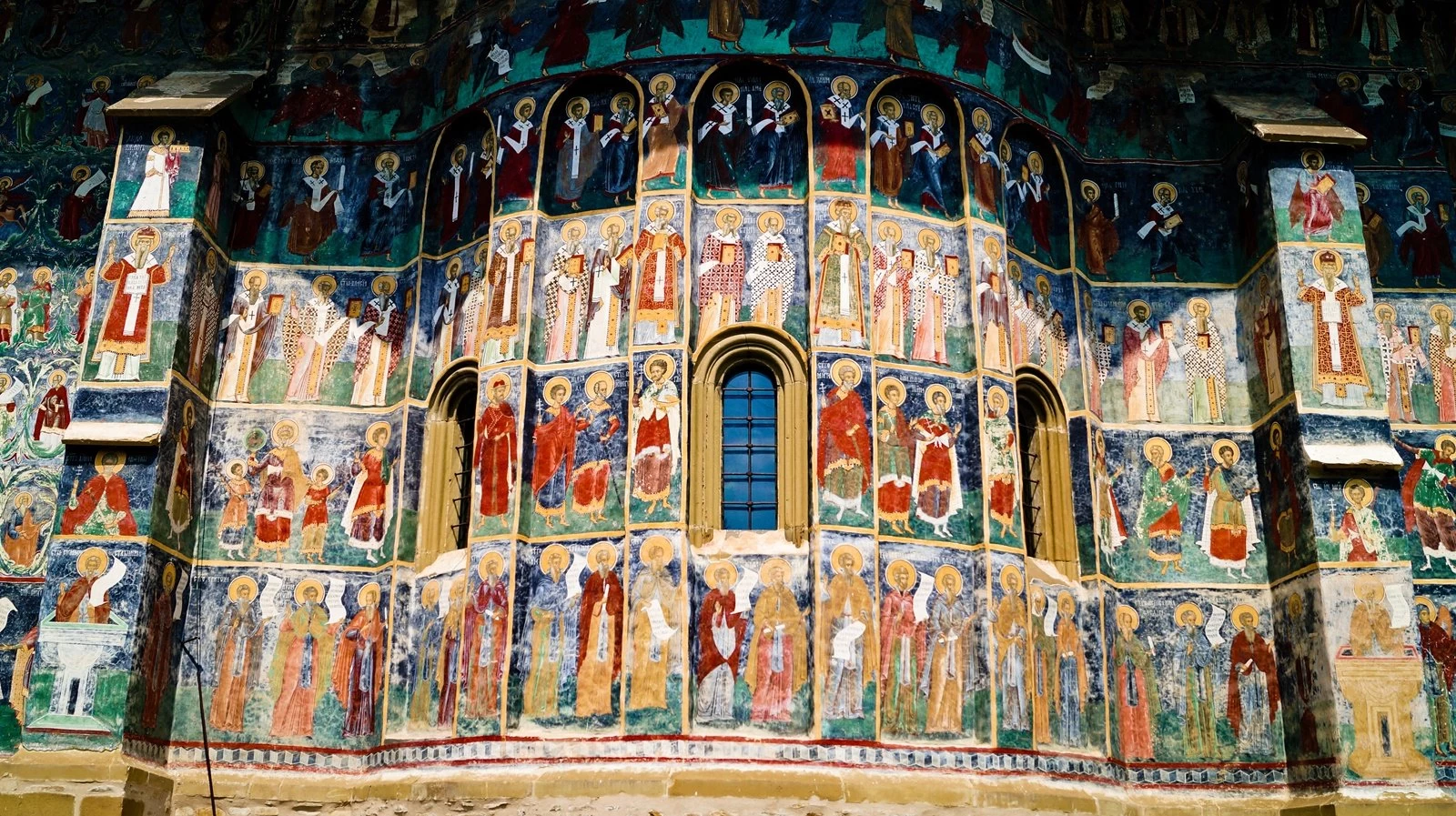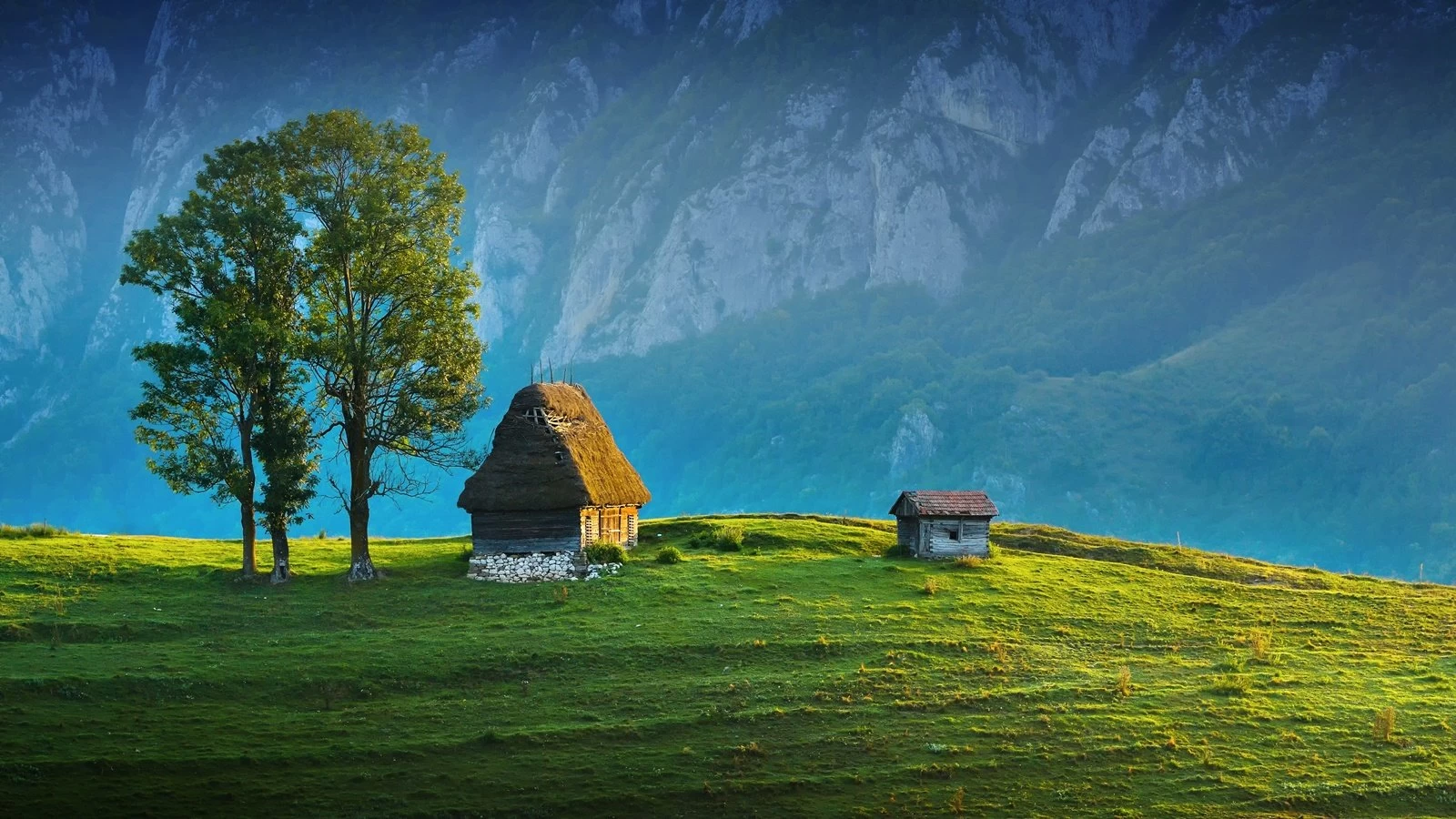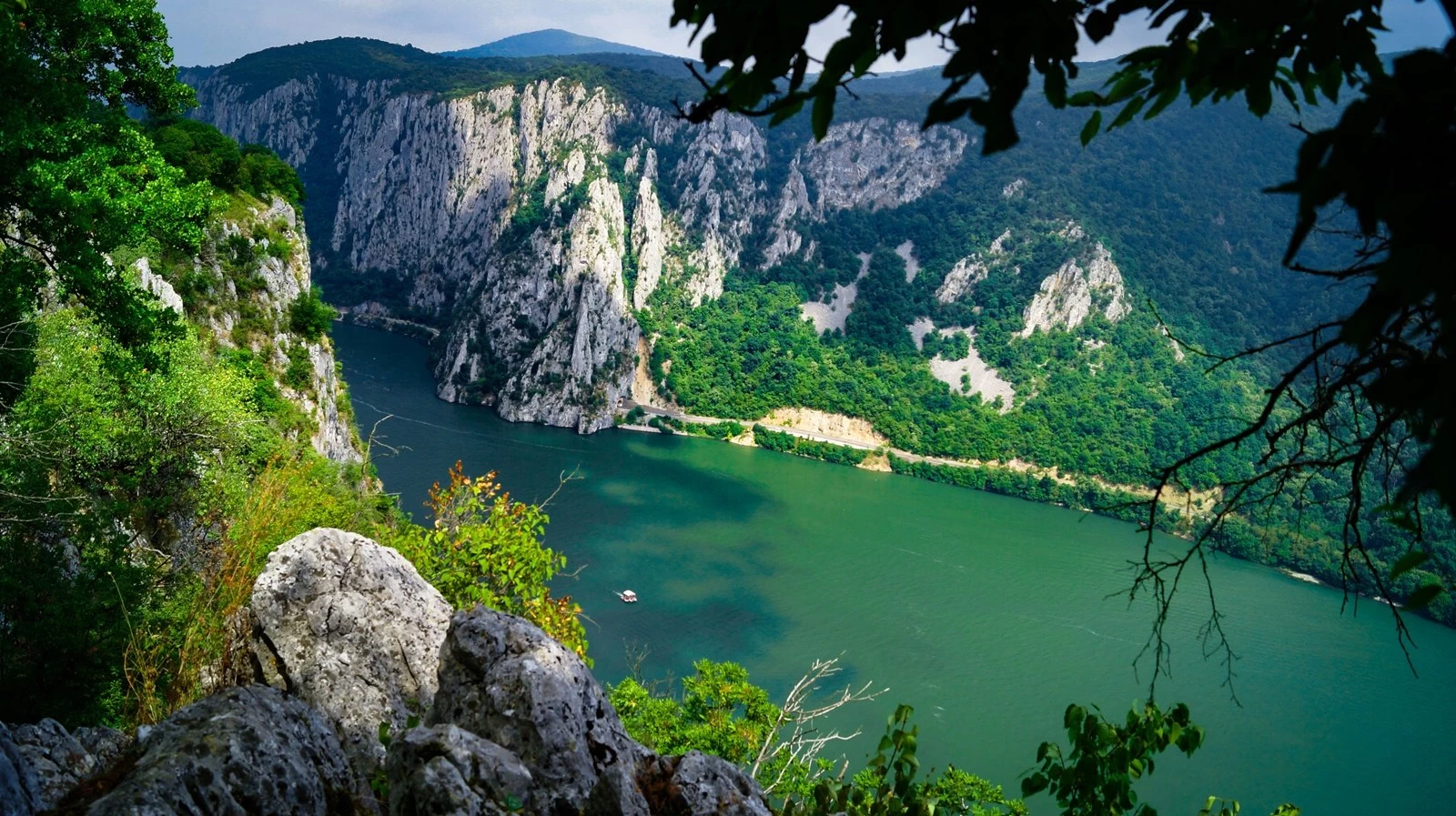Agropensiunea Maria
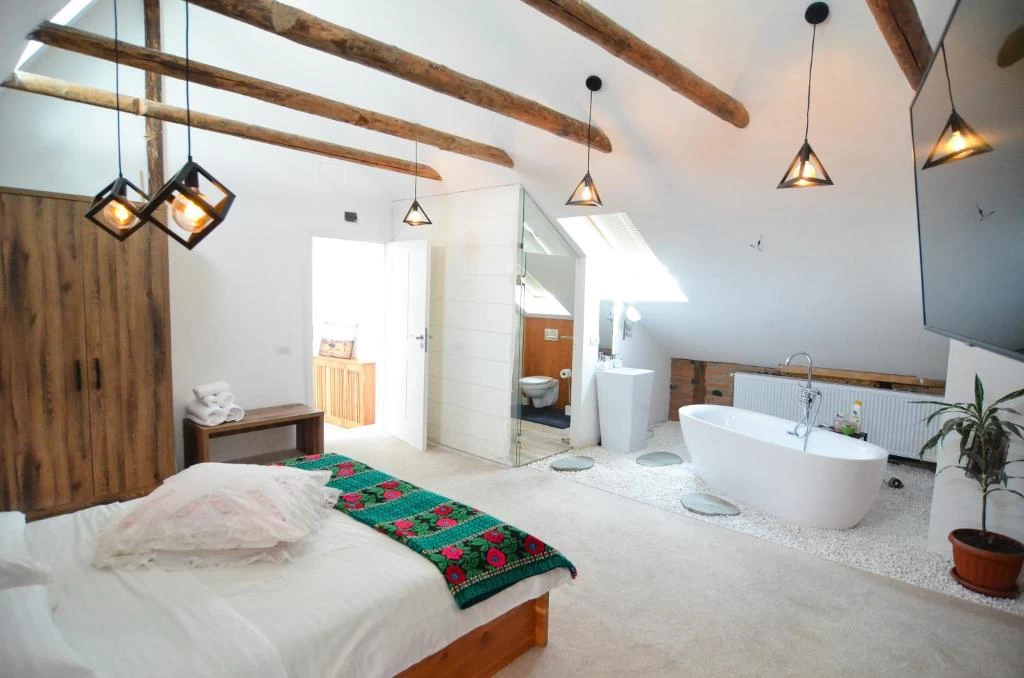 |
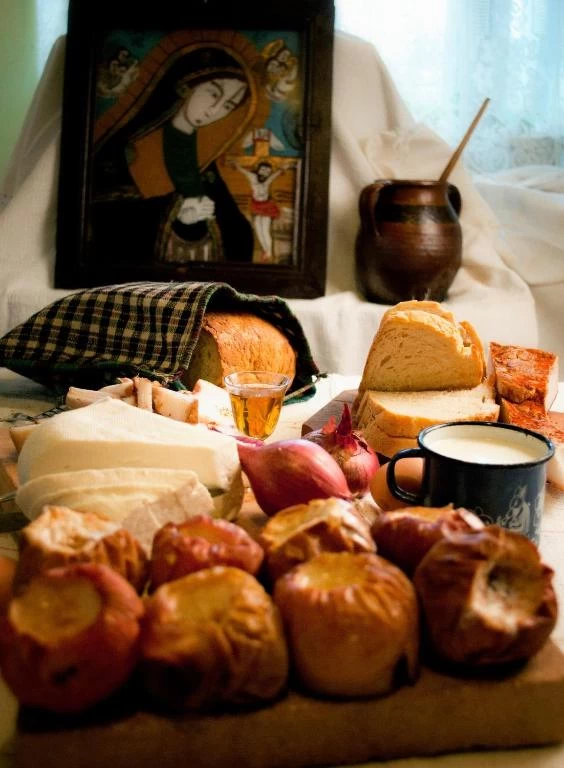 |
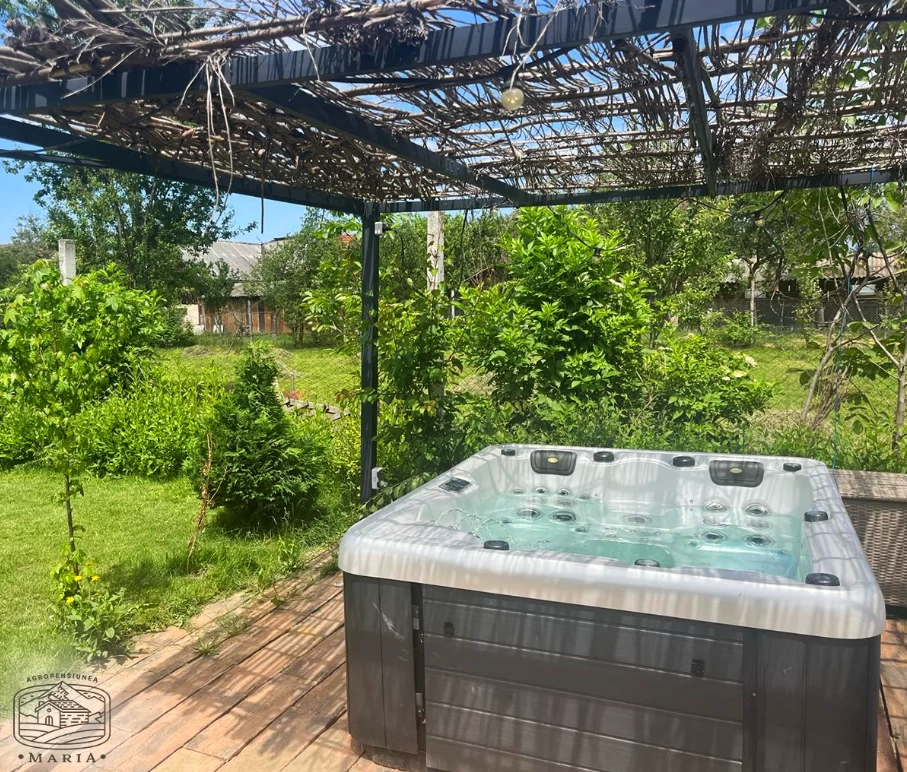 |
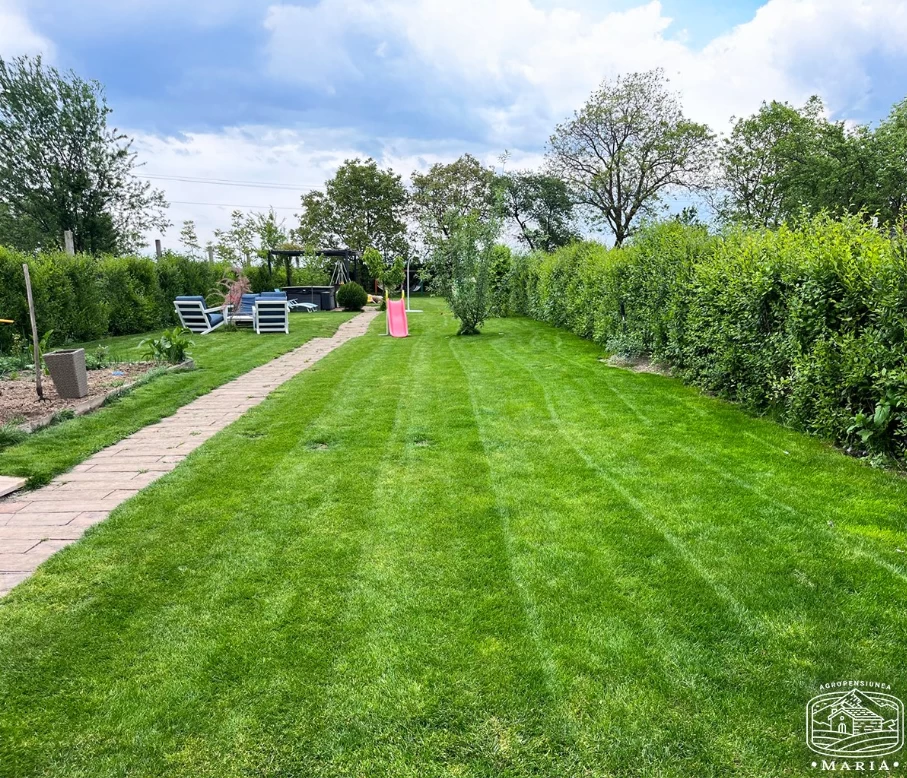 |
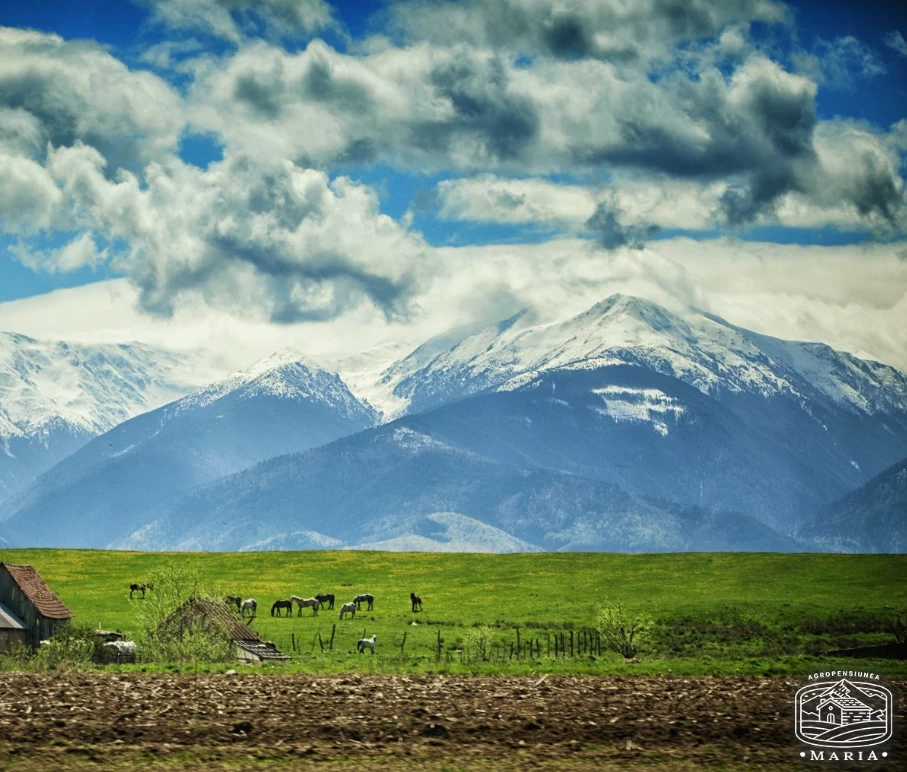 |






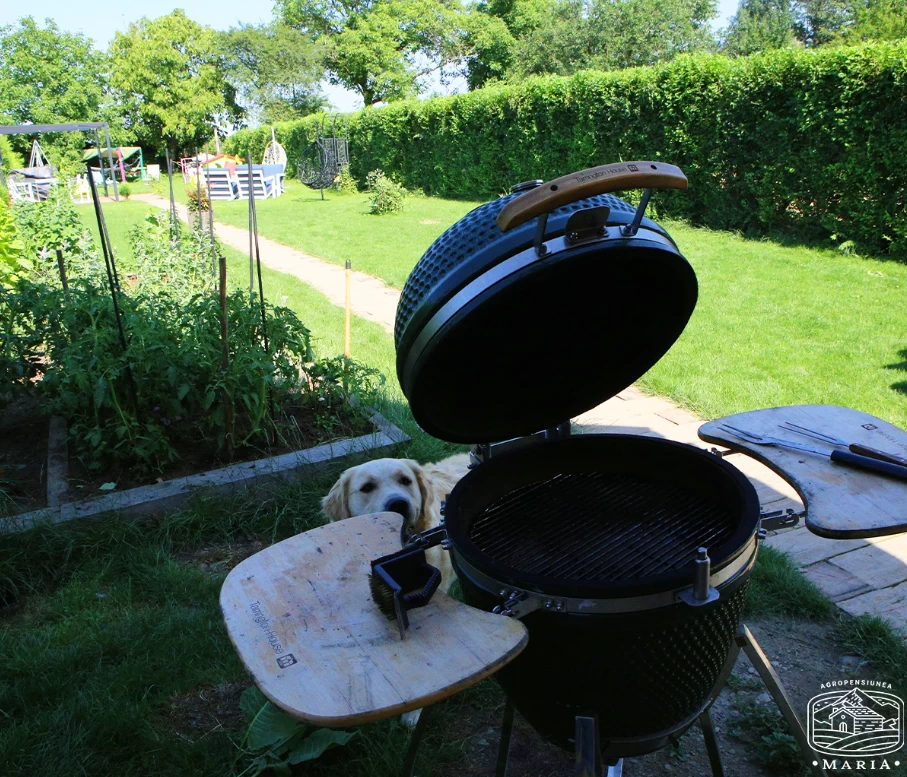
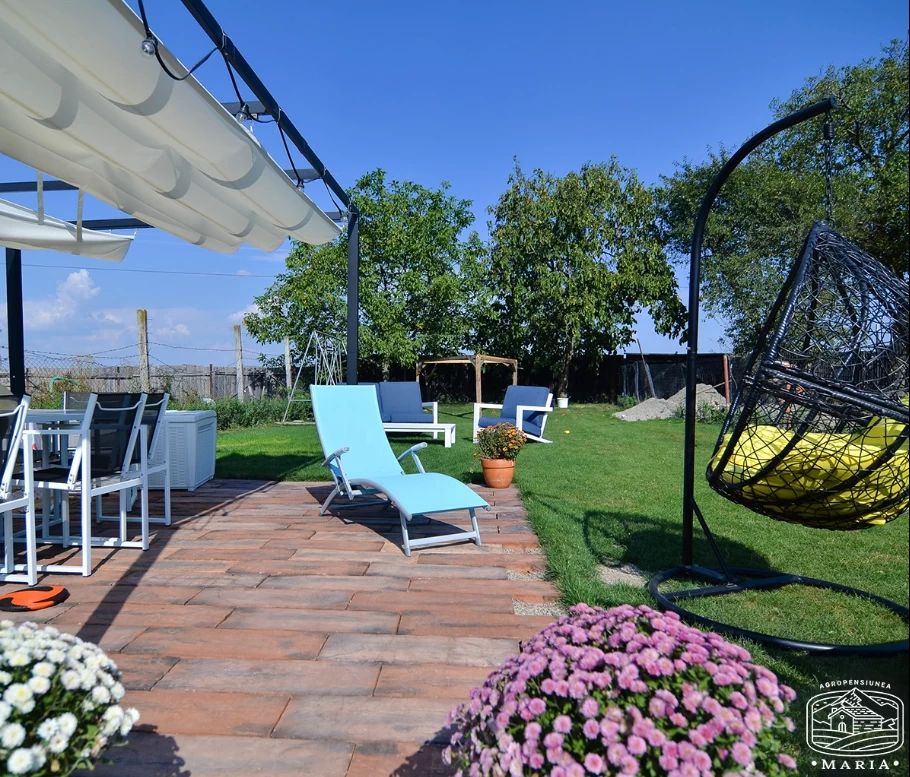
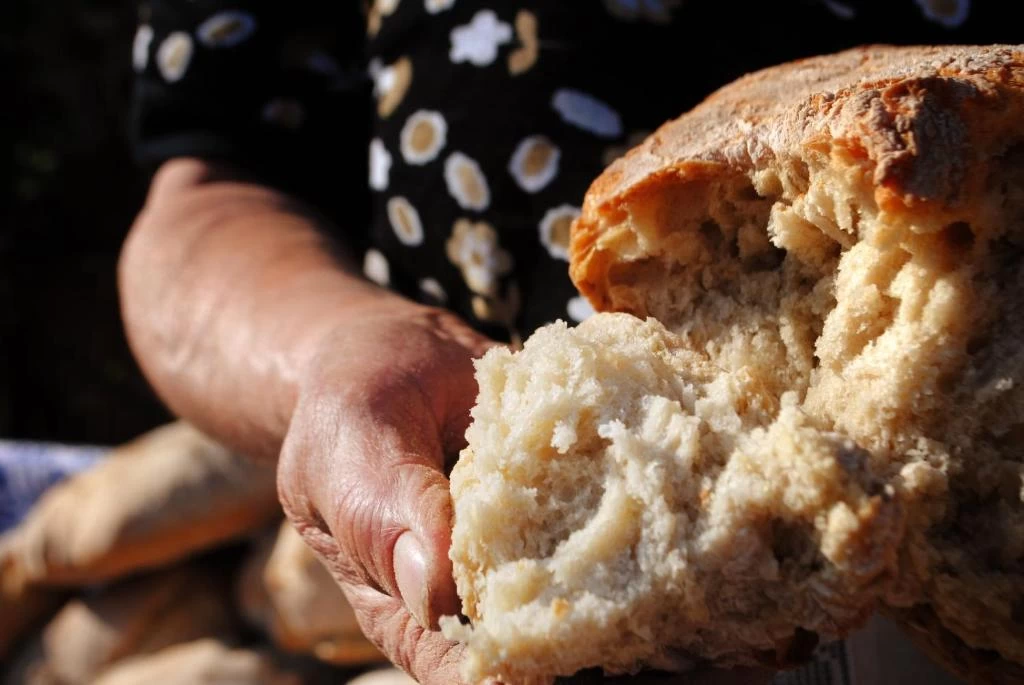
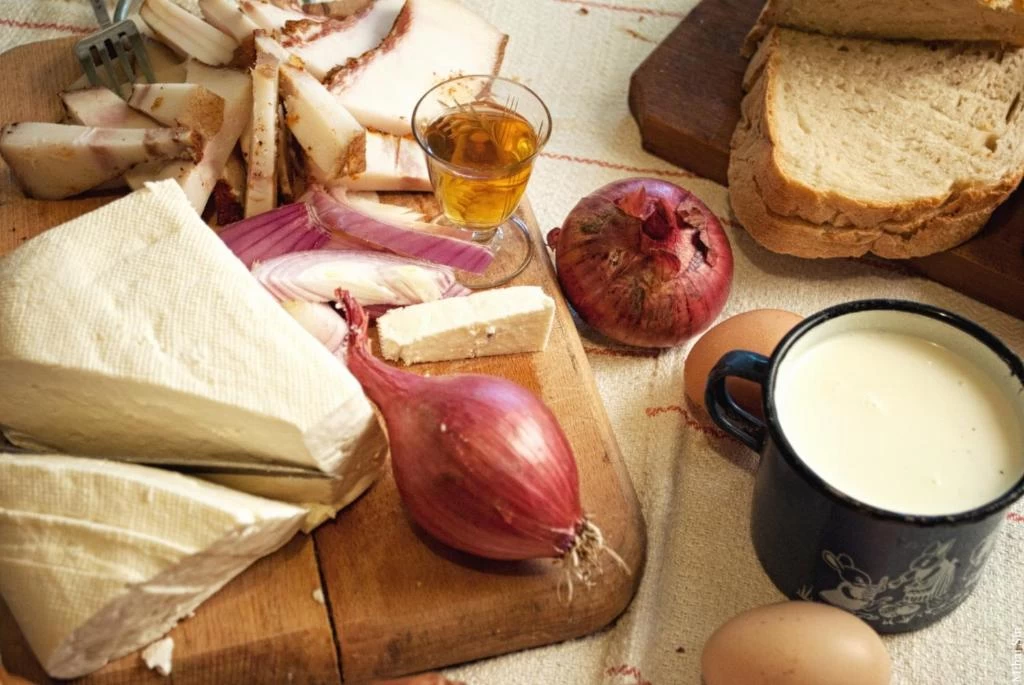
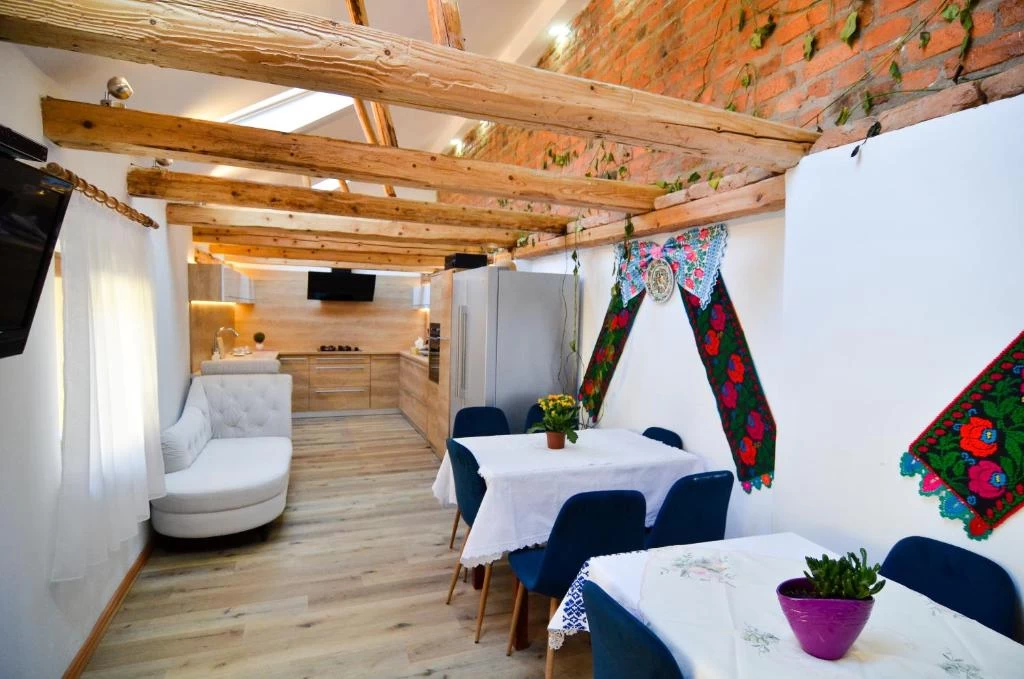
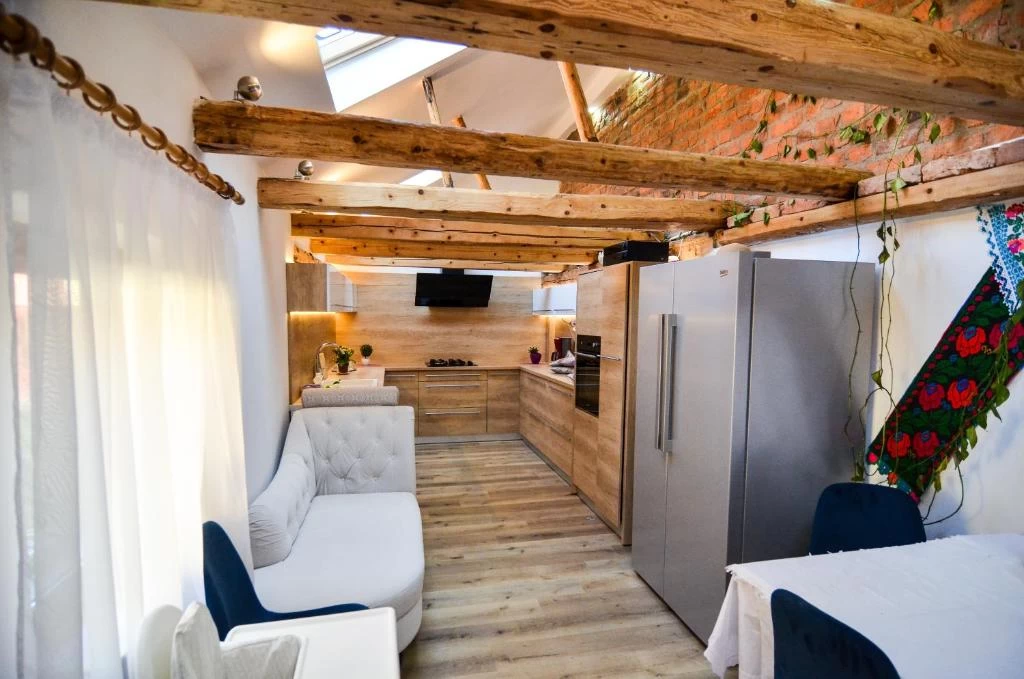
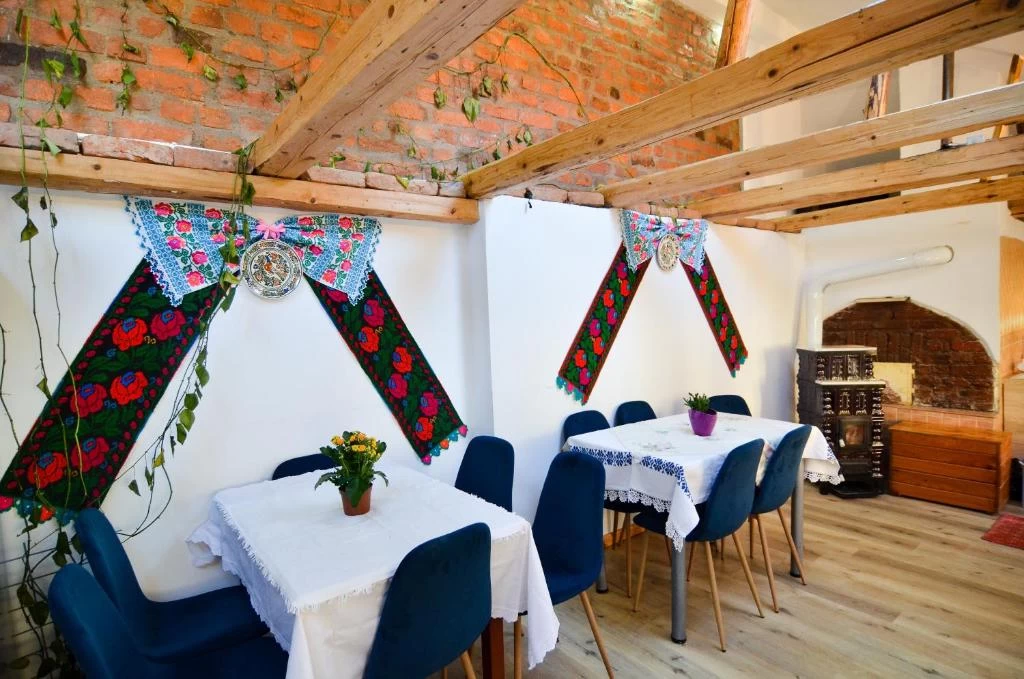
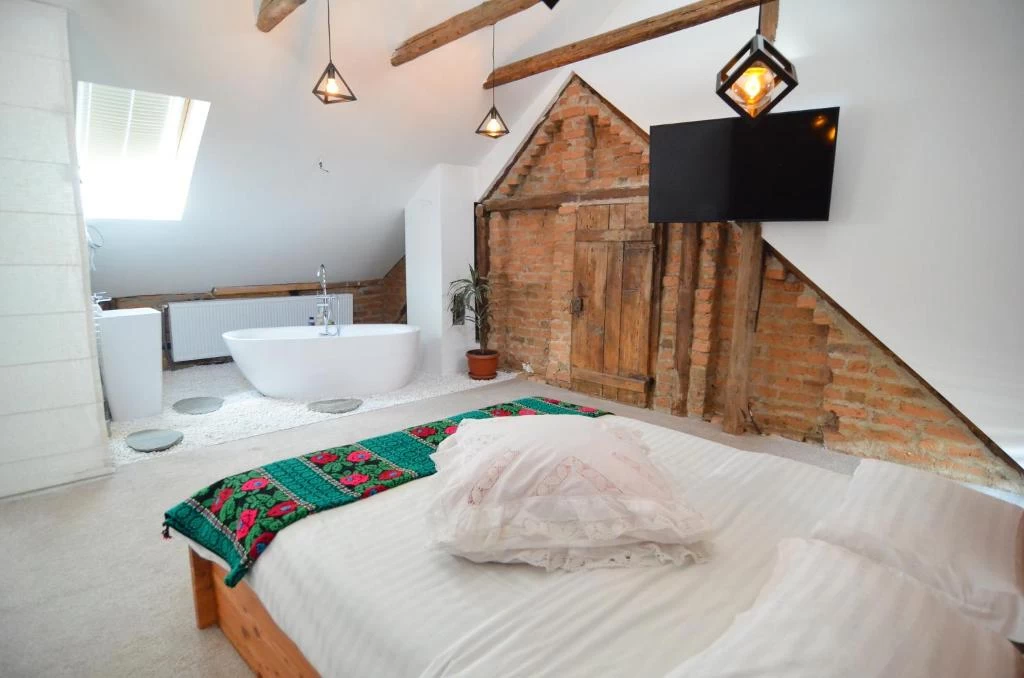
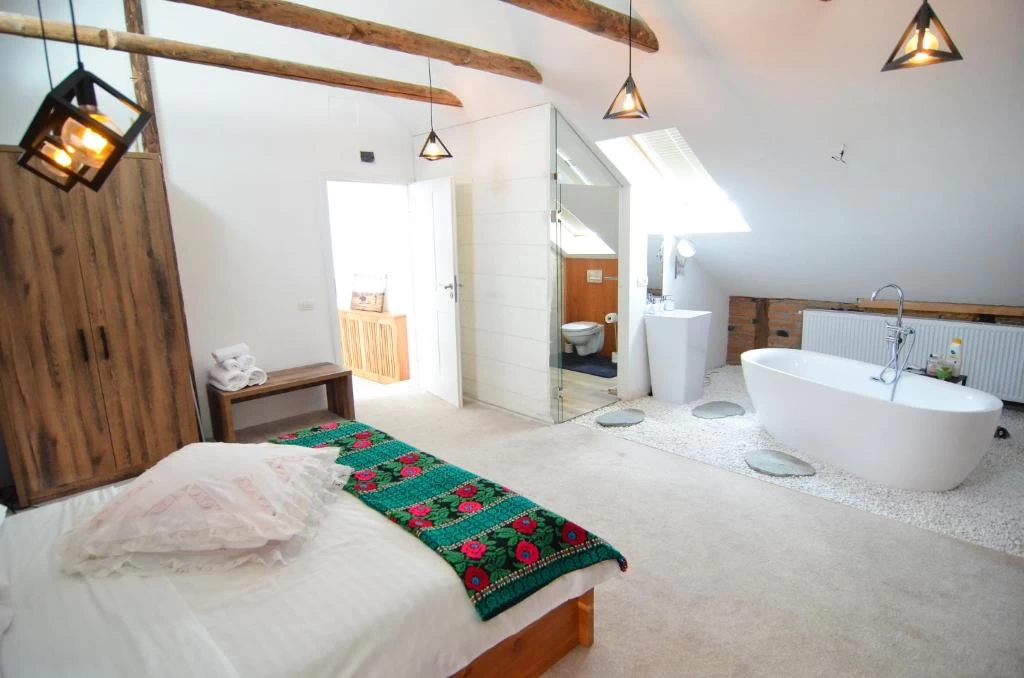
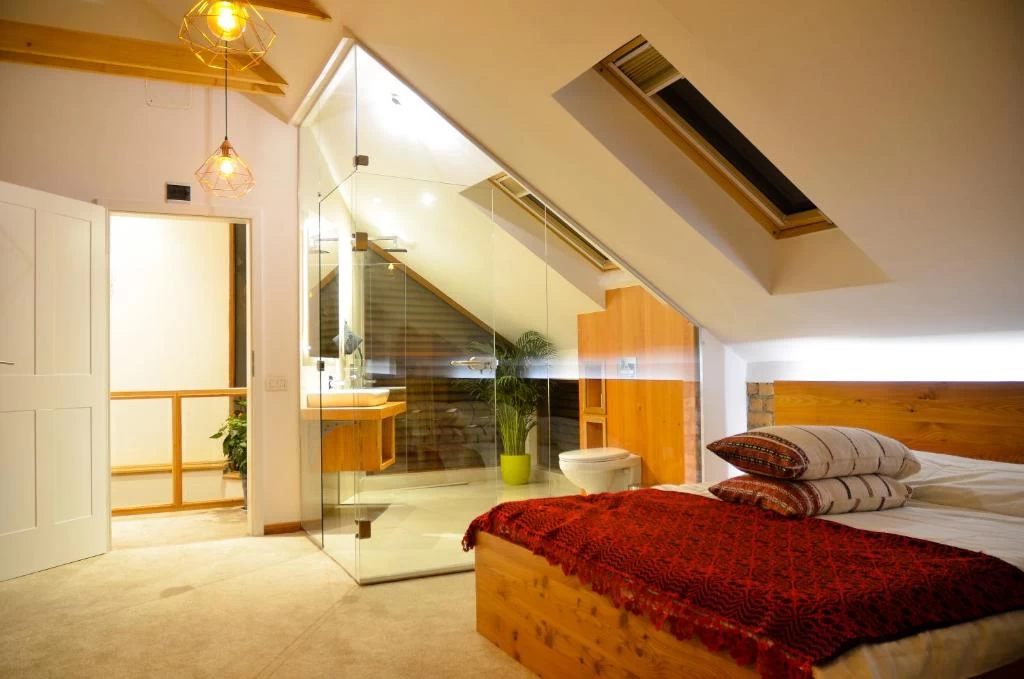
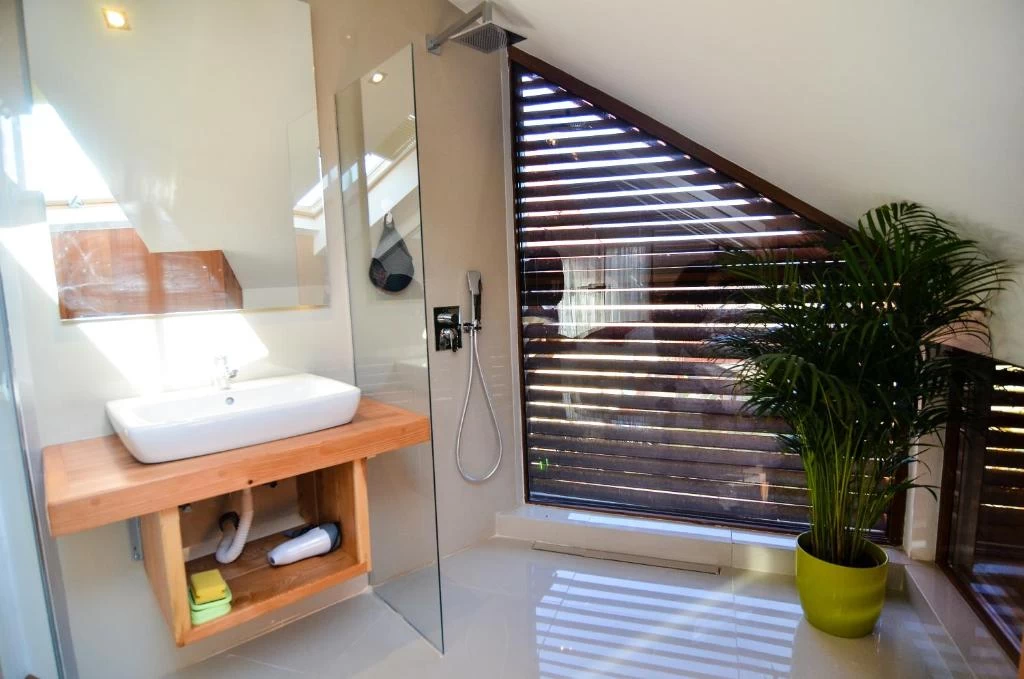
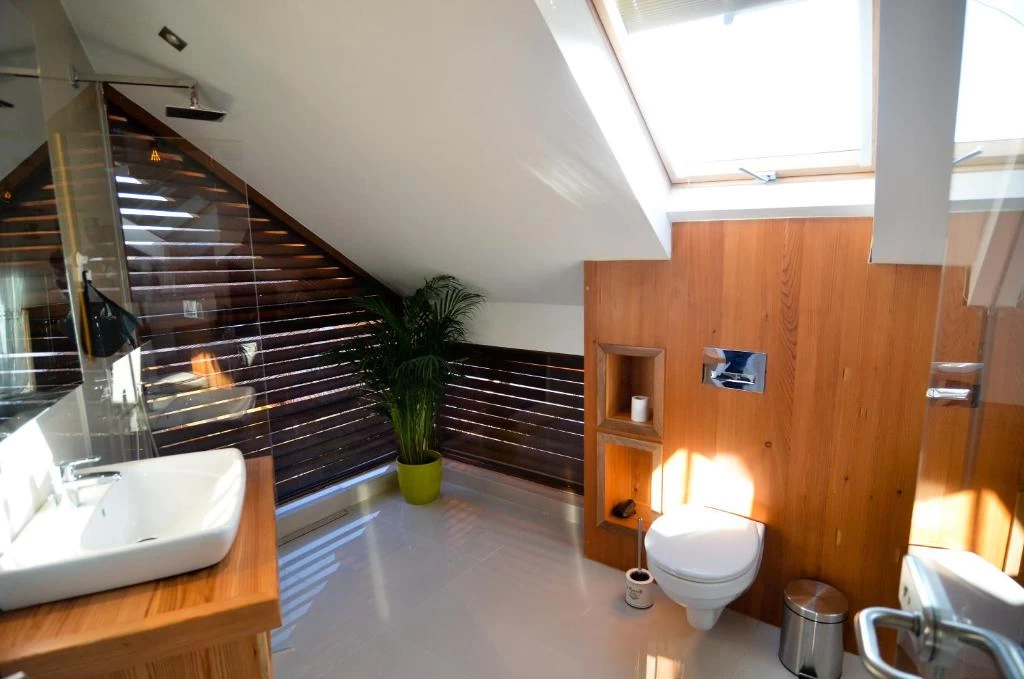
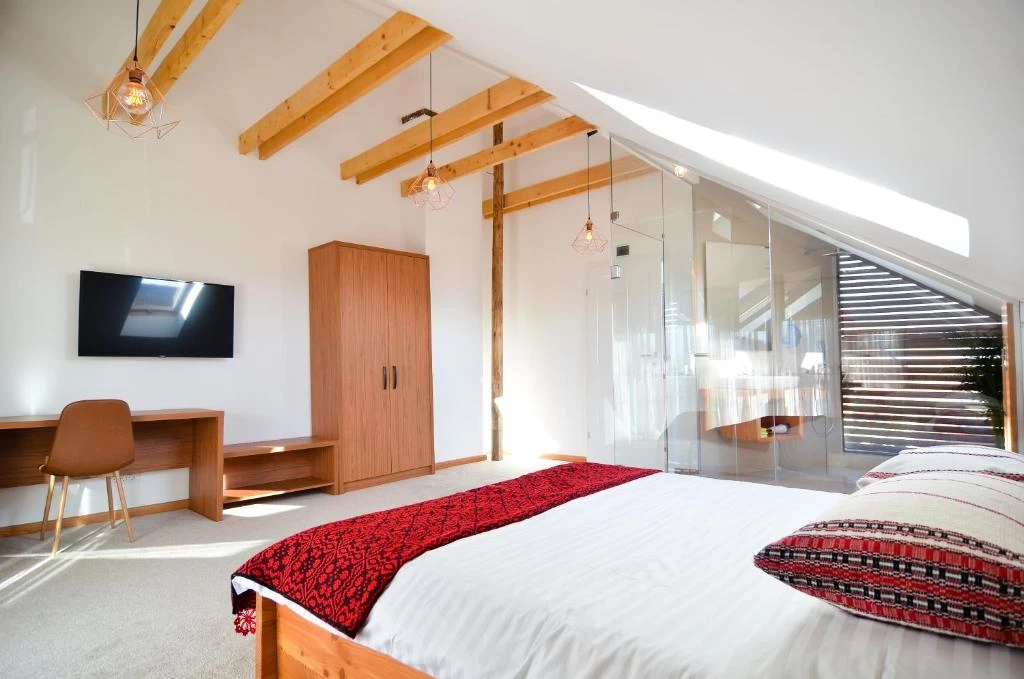
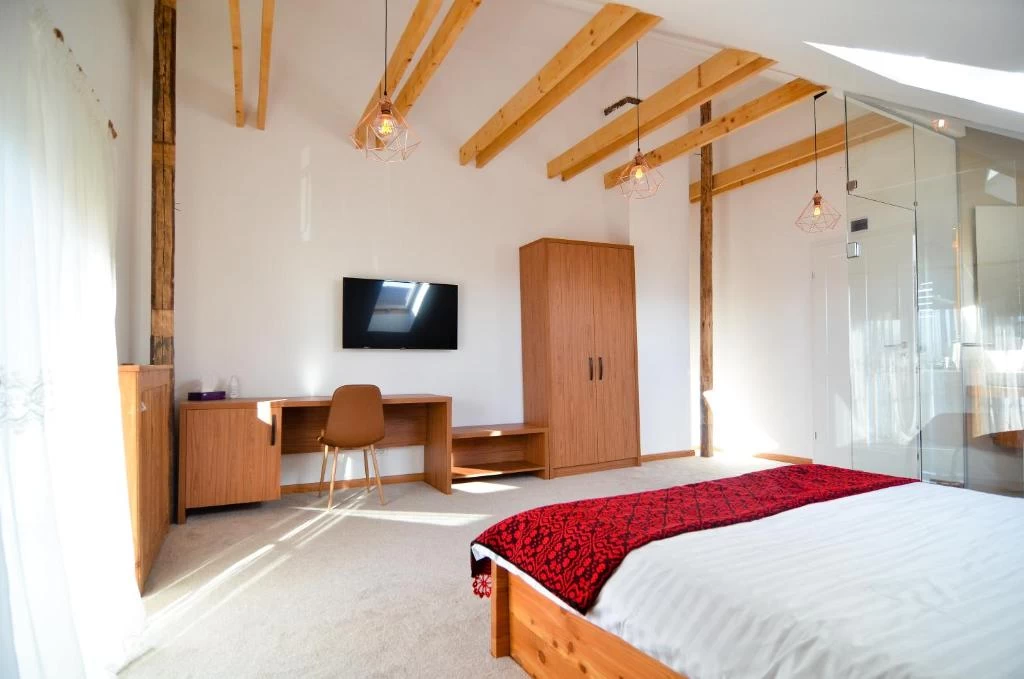
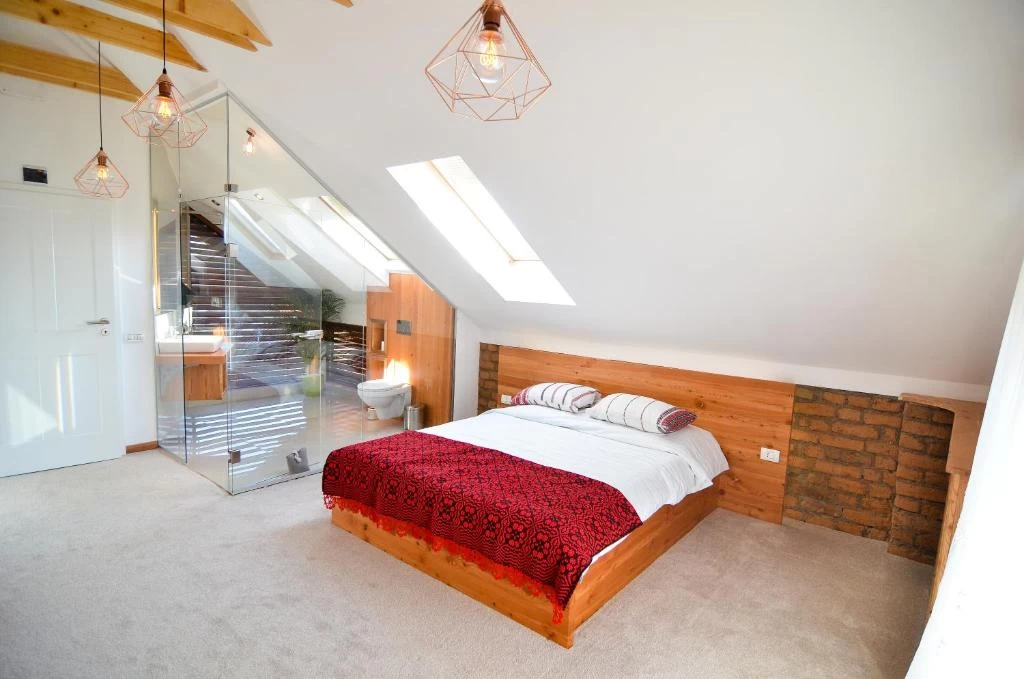
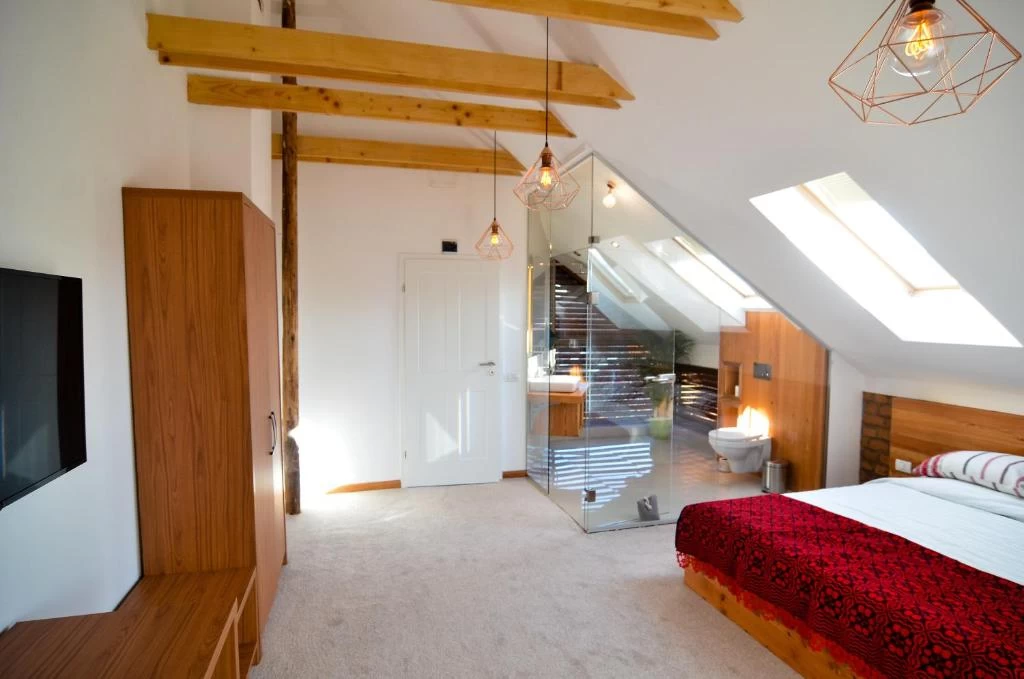
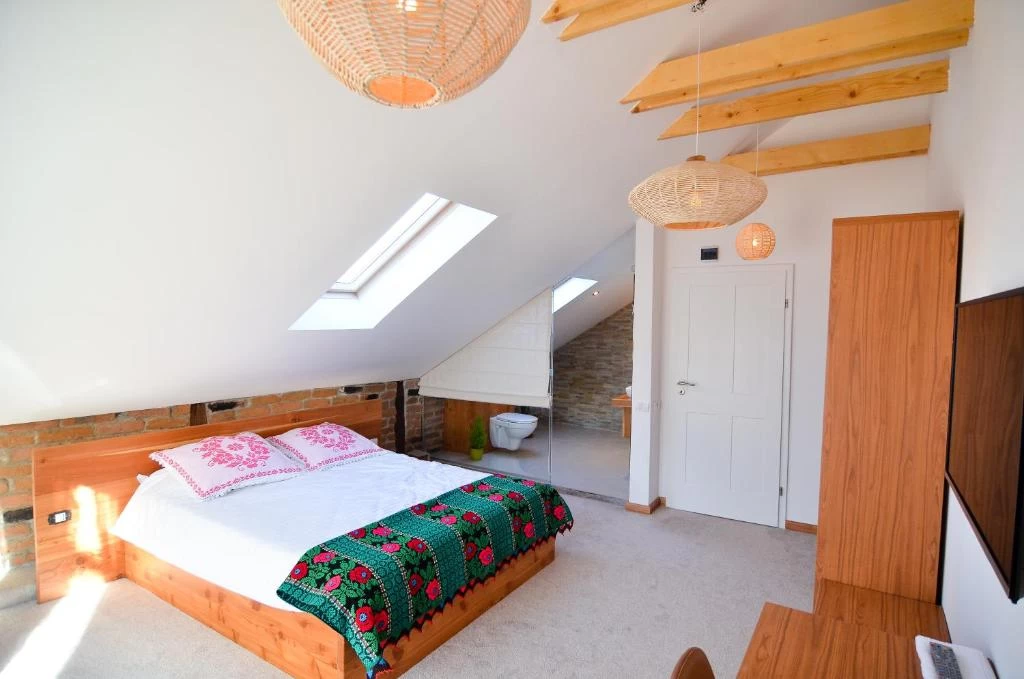
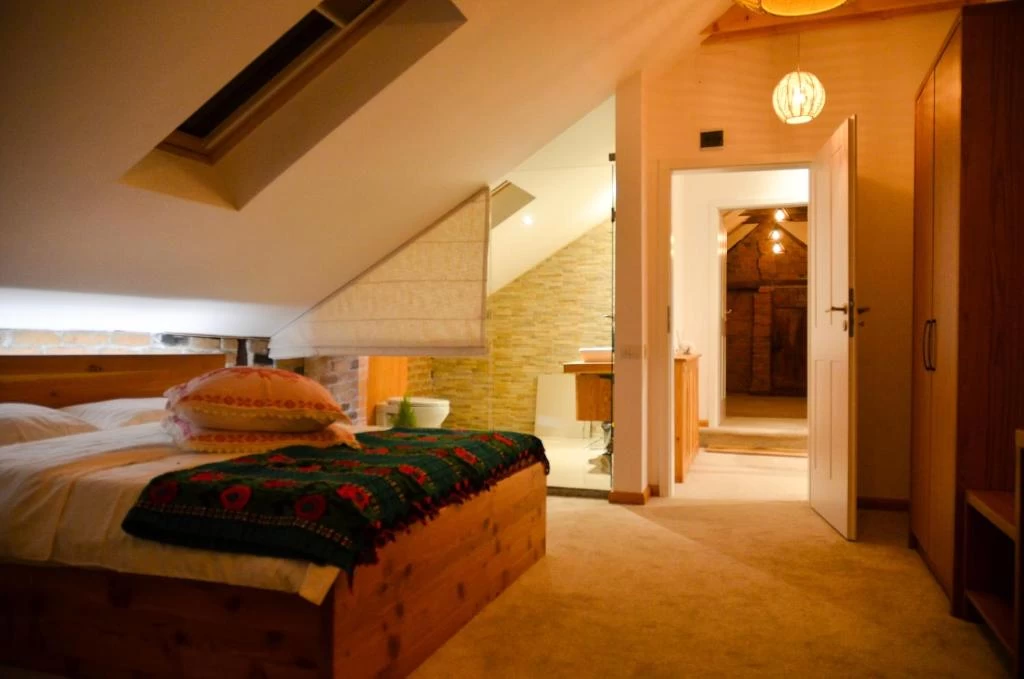
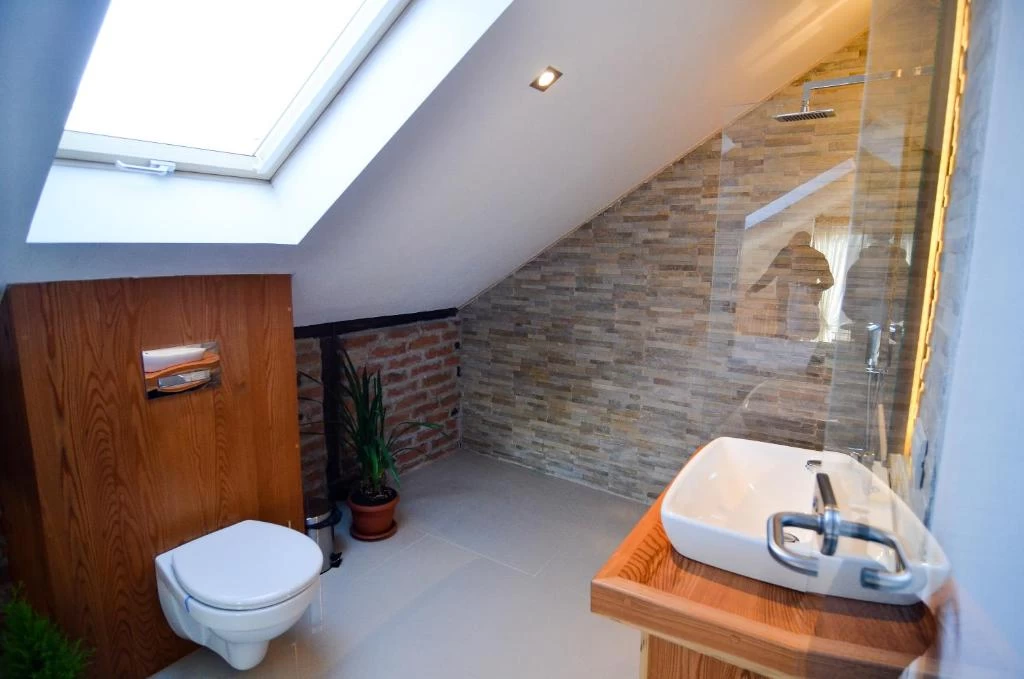
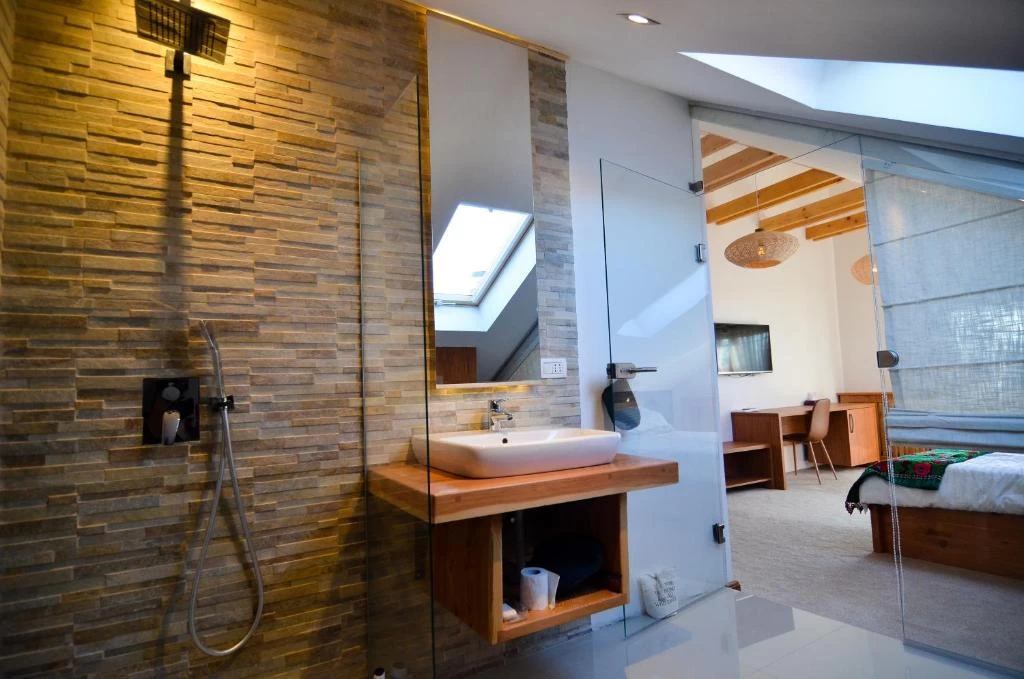
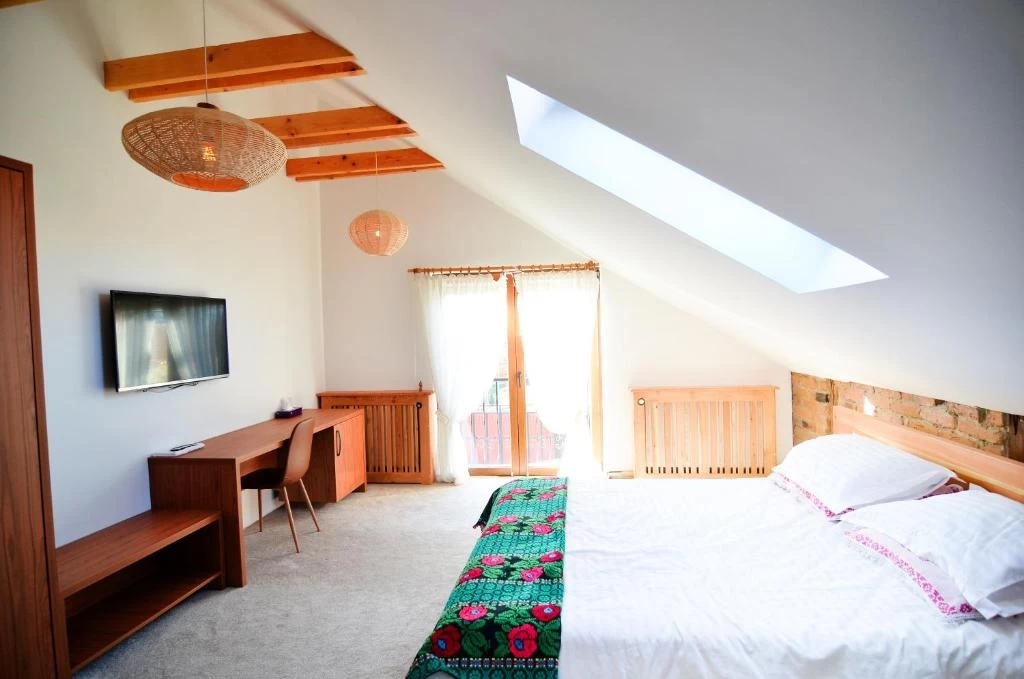
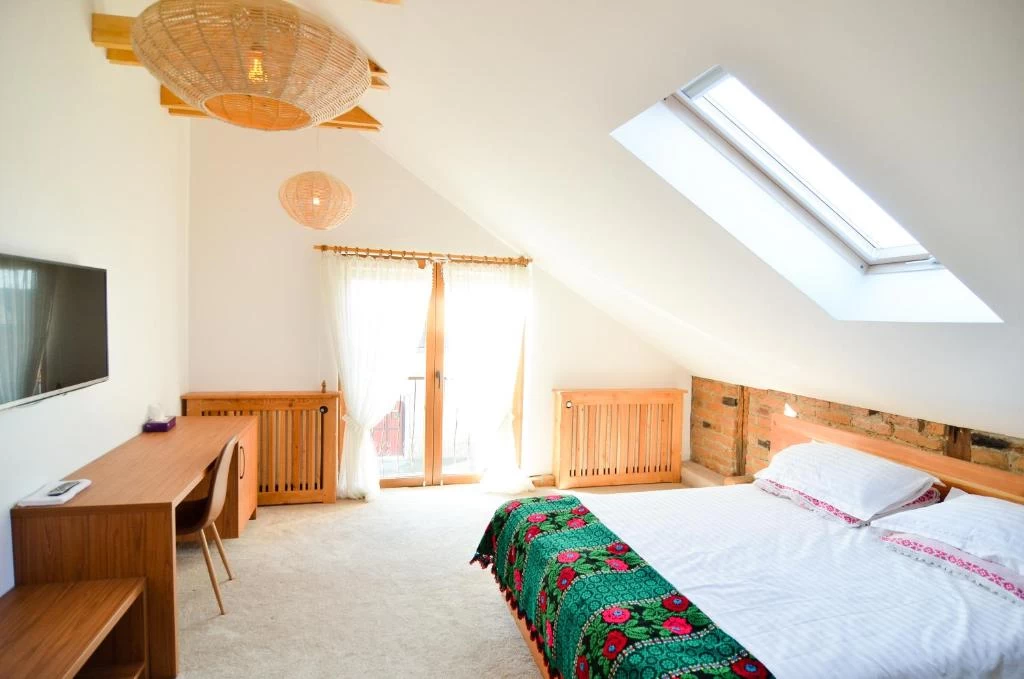
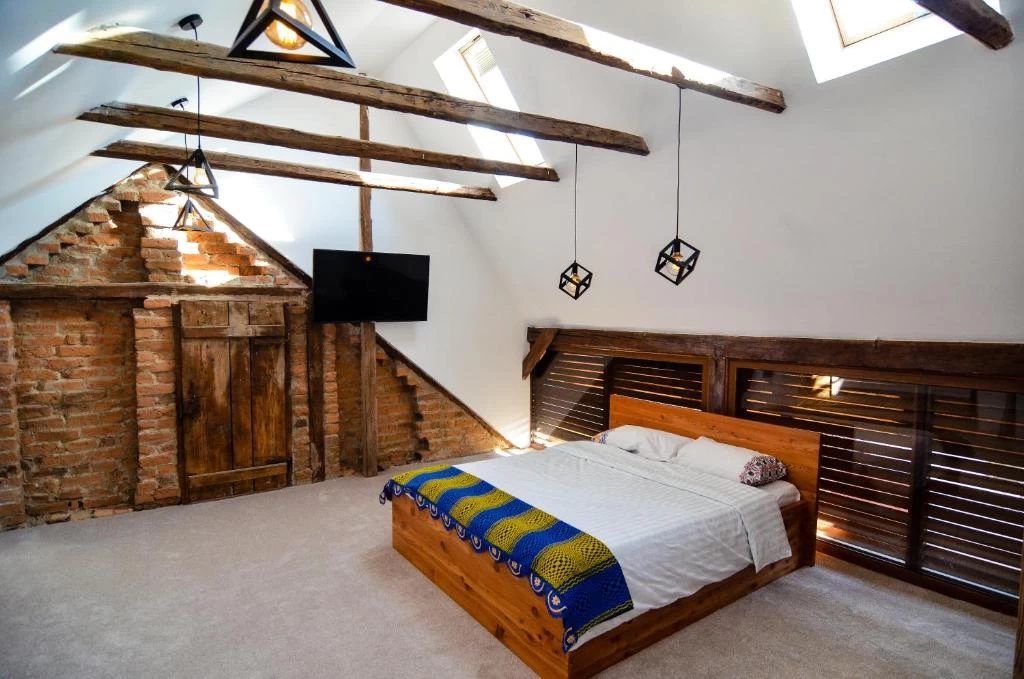
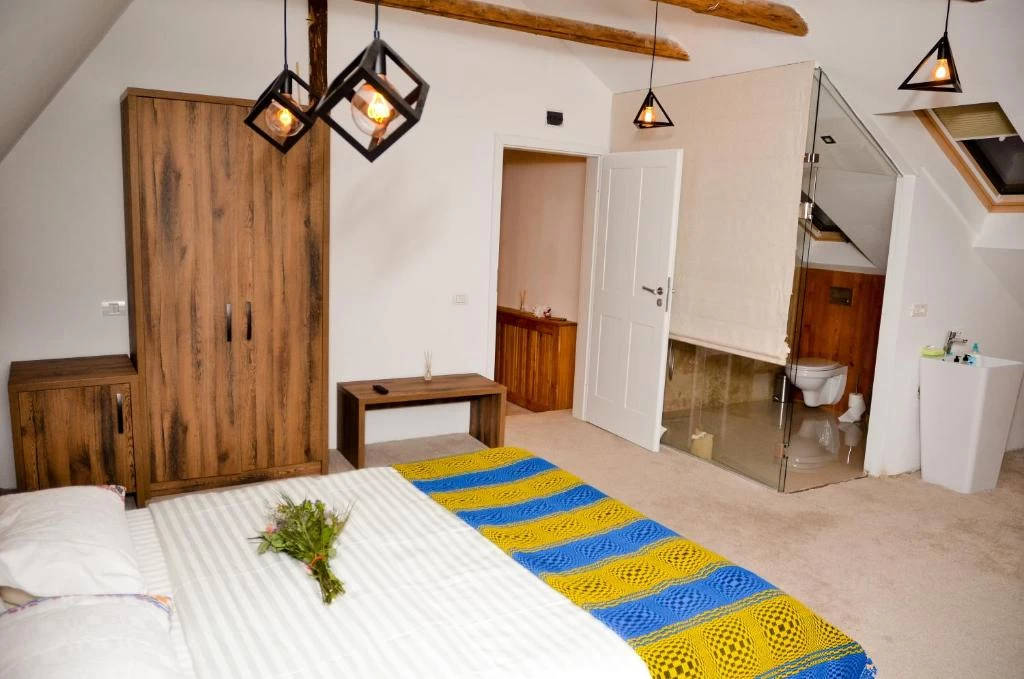
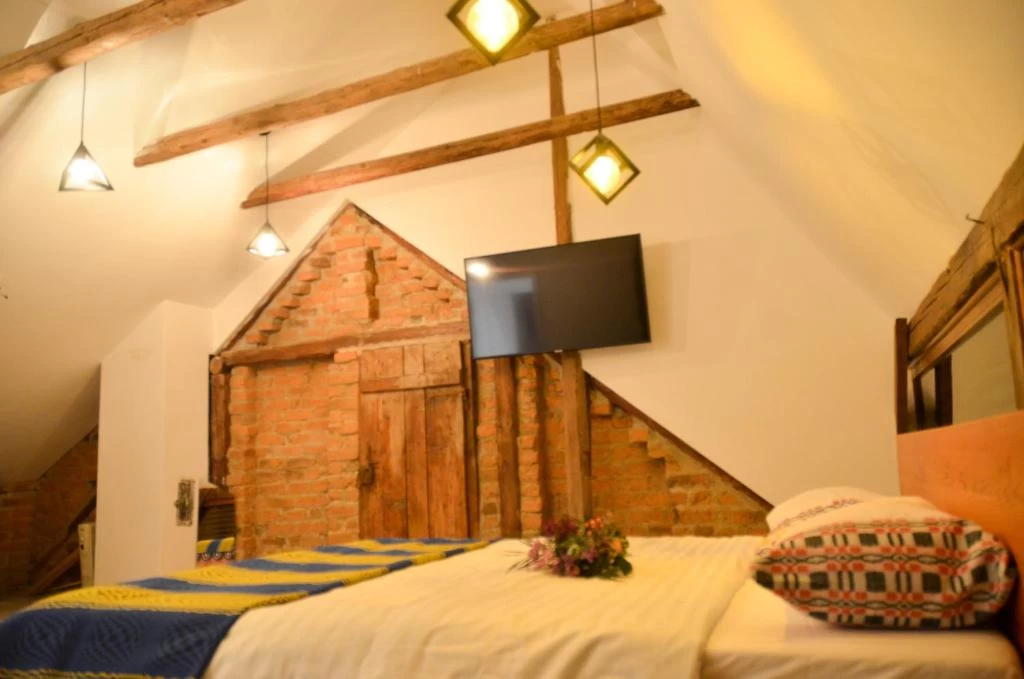
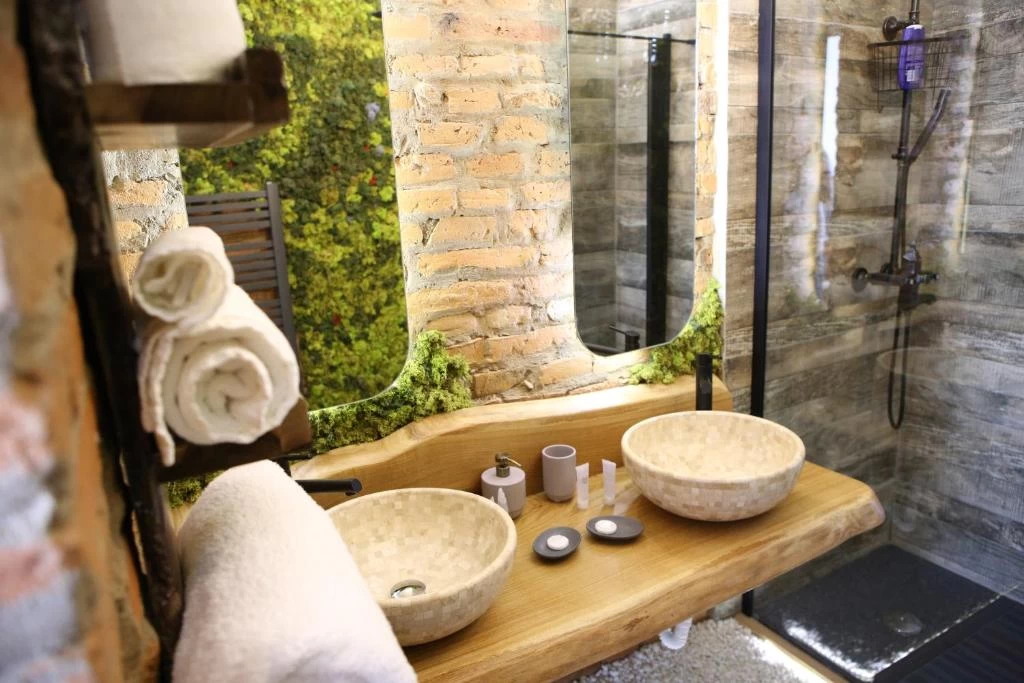
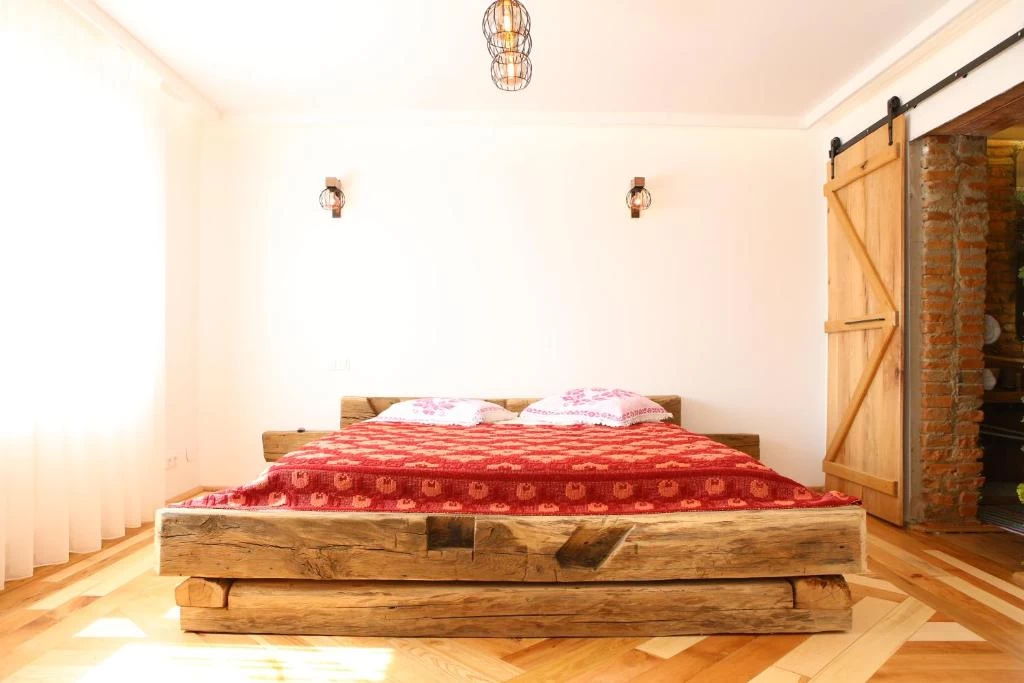
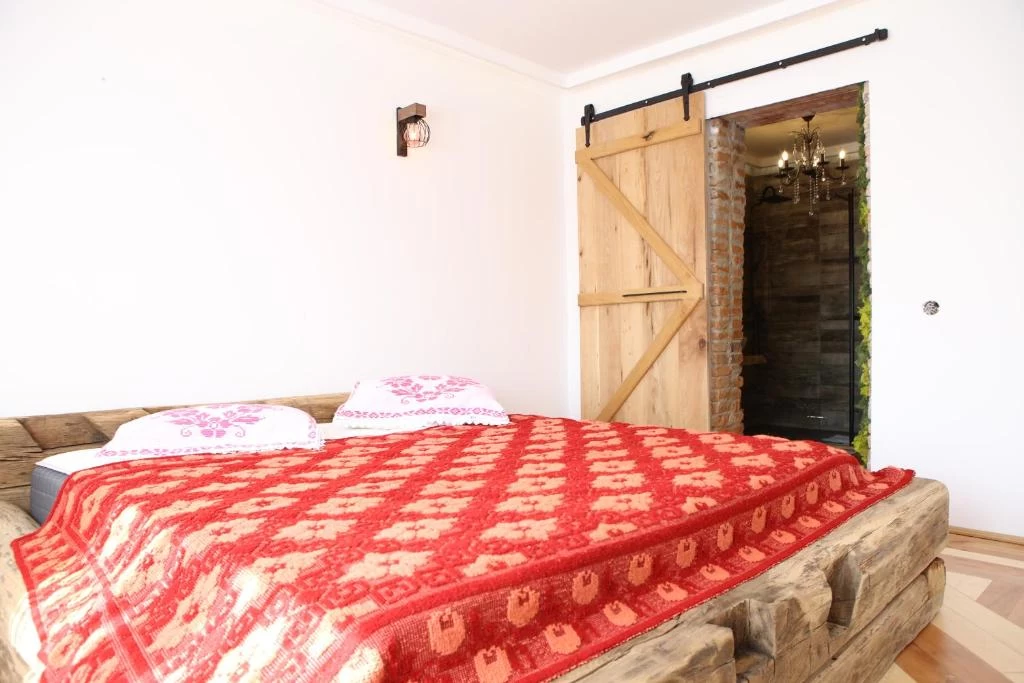
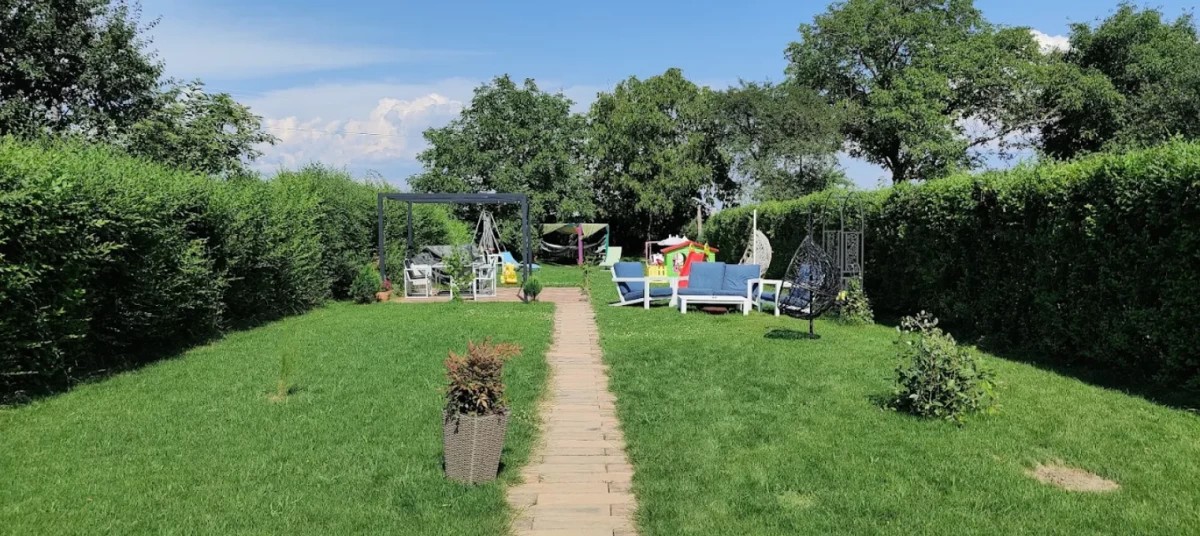
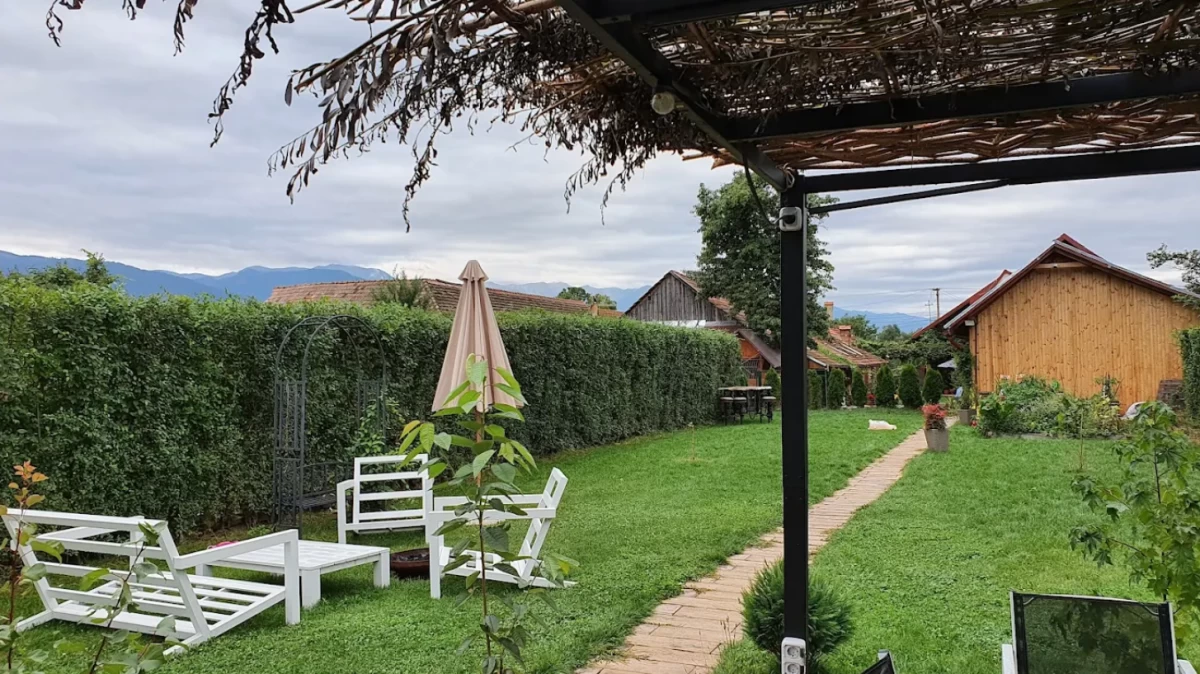
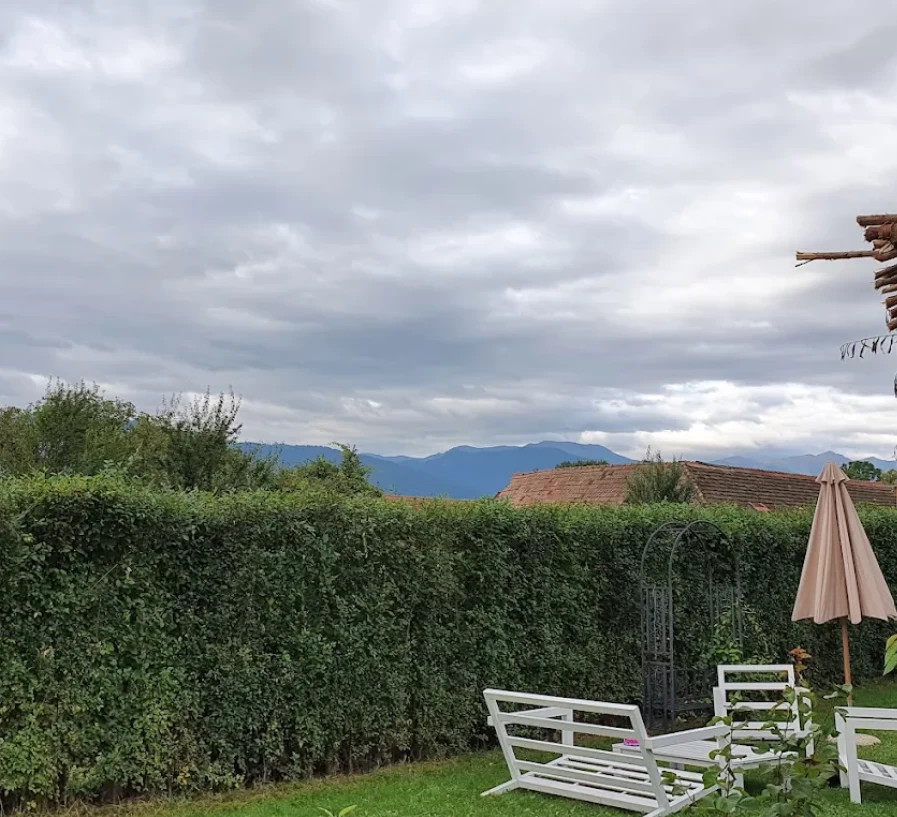
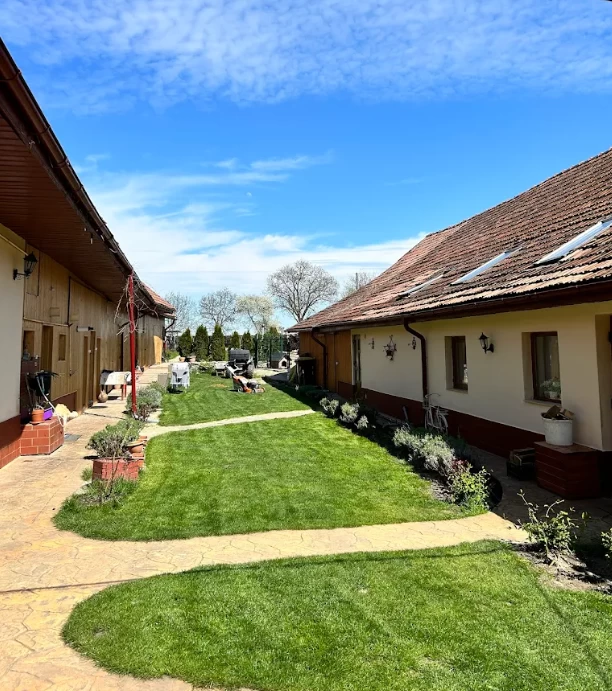
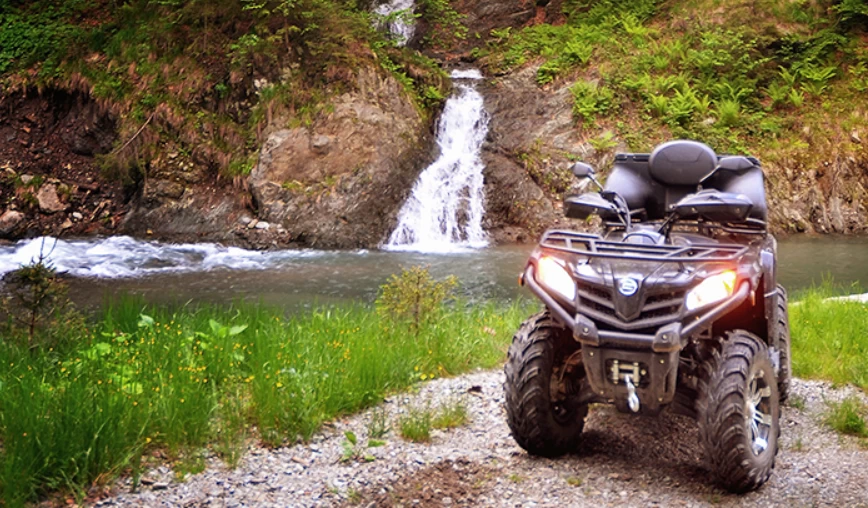
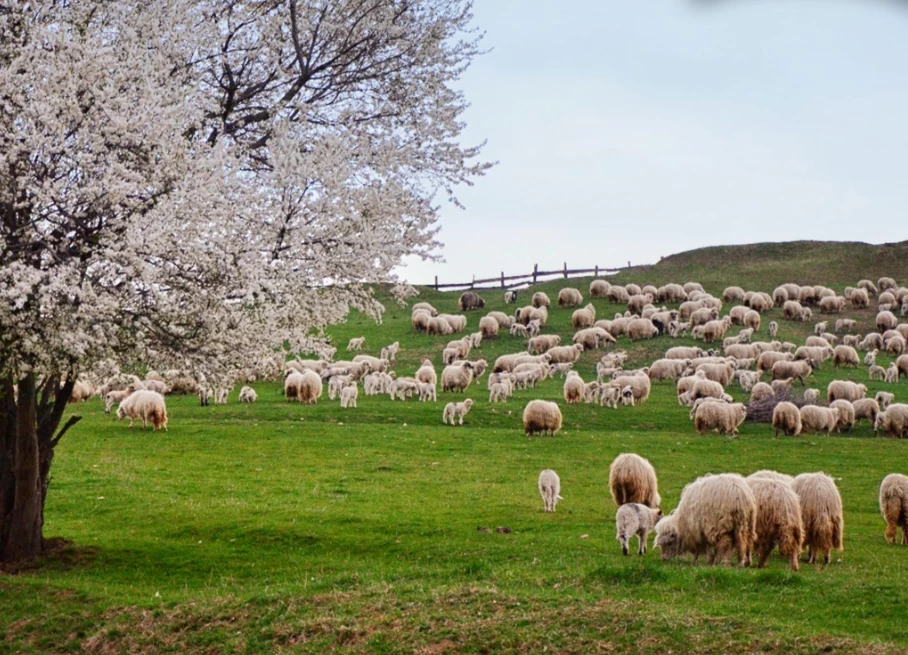
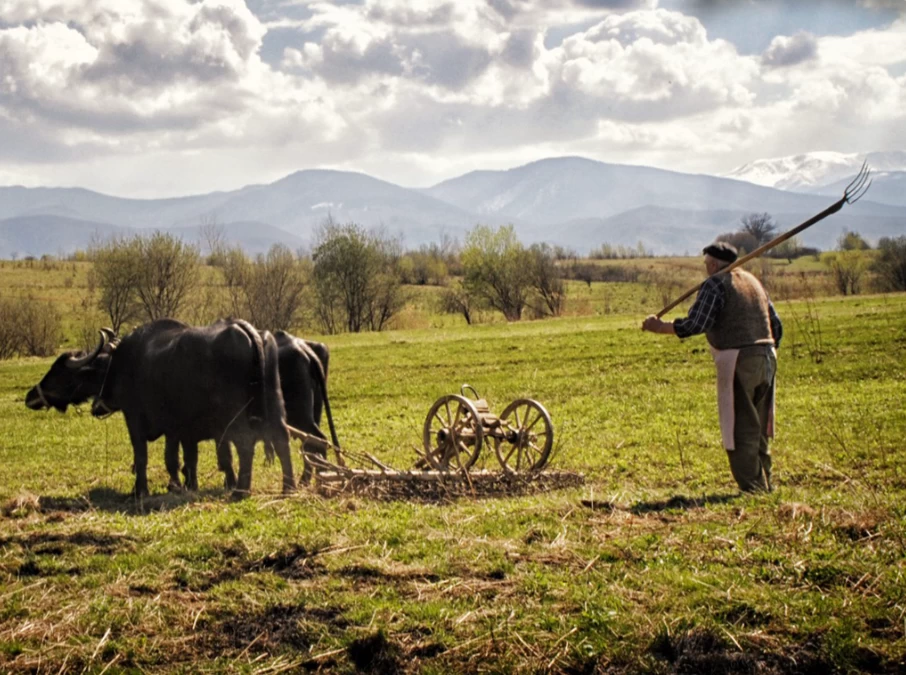
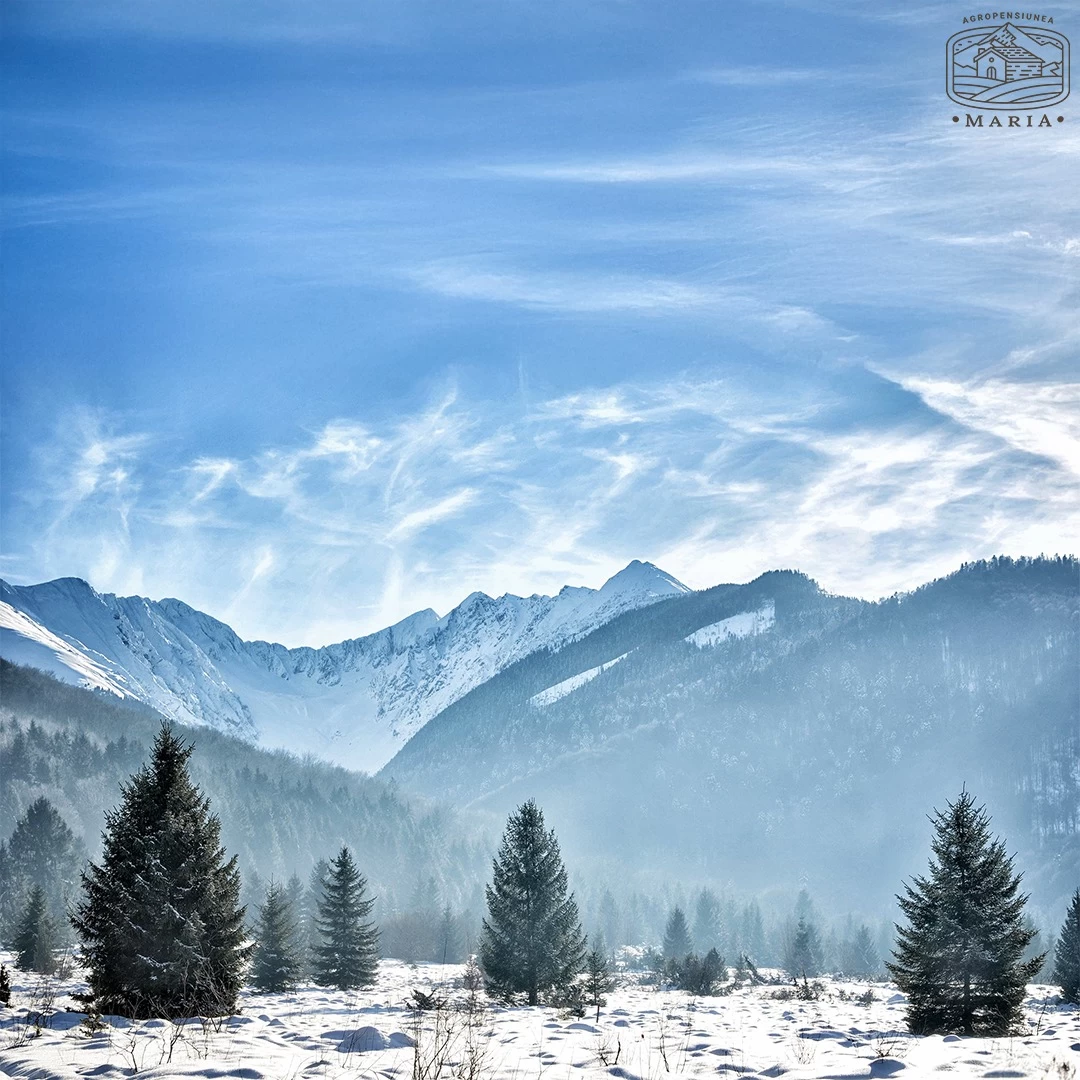


Contact the host, no commission
Max. Capacity
Safer or more affordable? You Choose
Rates & Availability
Rates and availability must be updated by hosts manually or synchronized with other platforms. Therefore, they may not always be updated in real-time.
Reservations
All bookings require prior approval from the hosts. You can choose to pay through Travlocals with full protection or contact the host directly.
Description
The Story of the House
This house has deep roots in family and tradition. It was passed down to our great-grandfather, Iosif Grancea, by the Lazaruca family, who had no children of their own. Known as "Jica" (short for Iosif), he ventured to America, but eventually returned home. Here, he married Lucreția and chose to stay for good. Together, they opened a small tavern in the village, a lively place in those days.
Jica’s youngest son, Valeri, remained on the property. He married Maria, and along with their children and grandchildren, they gradually transformed the house into what you see today.
So yes, you are now visiting “ai lu’ Jica” – Jica’s descendants – in the village of Sebeș, part of Hârseni commune, in the heart of the Țara Făgărașului region. Not far from here, in the village of Mărgineni, there once stood a border crossing into the Kingdom of Romania, as it was then called. As for Sebeș, legend has it that the name comes from the Hungarian sebeszi, meaning “fast,” a reference to the rushing waters of the Sebeș River that flows through the village.
Rooms Available
At Agropensiunea Maria, we offer a range of cozy and spacious rooms, each with a unique design that blends rustic charm with subtle modern touches. The guesthouse has a total capacity of 10 people, with 3 double rooms and one apartment available.
Maria’s Kitchen
Here in Țara Făgărașului, we take pride in simplicity – both in our way of life and in our food. That’s why we strive to bring you the authentic taste of local ingredients, prepared with care and tradition.
Our cook, Mama Adina, will make sure you’re well-fed during your stay. Her dishes carry the essence of the region’s cuisine, hearty and satisfying, just as they were meant to be.
And for drinks? Father Virgil will delight you with traditional fruit brandy (rachiu), double-distilled from plums, wild pears, quinces, or apricots – a strong spirit with over 54% alcohol, not for the faint of heart. For the ladies, Mama Adina also prepares a selection of homemade fruit liqueurs: walnut (nucată), sour cherry (vișinată), raspberry (zmeurată), blueberry (afinată), and more.
Culinary Traditions
People here have always lived simply, and that’s reflected in their food – honest, filling meals made from what the land provides. For generations, farming has been the main occupation, and a hearty breakfast was essential before a full day of labor, often from dawn until dusk.
Back in the day, a typical breakfast was mămăligă (cornmeal porridge) with milk, or if the household was well-off, a rich egg dish with meat preserved in jars. Lunch was usually eaten in the fields – a cold meal of bread, lard, and a bit of cheese. Dinner brought the family together around a soup or stew, and on festive days, chicken soup with dumplings and meat with potatoes were always on the table.
Activities & Surroundings
Within a 70 km radius, you’ll find some of Transylvania’s most iconic cities: Sibiu, Brașov, and Sighișoara. These cities proudly display Habsburg influences and Austro-Hungarian architecture, especially in their historic centers, all once subject to approval from Vienna. This distinct style becomes even more evident when compared to southern architecture past the Carpathians, where Ottoman influence dominates—except for Bucharest, famously dubbed “Little Paris” due to its French-style buildings.
To better understand rural life in Țara Făgărașului, take a walk through the surrounding villages or hike up to the Pietricica Ridge or Amiaz Peak (about a 2-hour trek). From there, you can admire panoramic views of the entire region.
The heart of Țara Făgărașului is the town of Făgăraș itself—once a central market town and fortress where people from all surrounding villages gathered. This land has long been a cultural crossroads, where Hungarians, Jews, Saxons from across the Olt, and Romanians from the mountain villages lived together in harmony.
ID: TRAV40893
Rental type
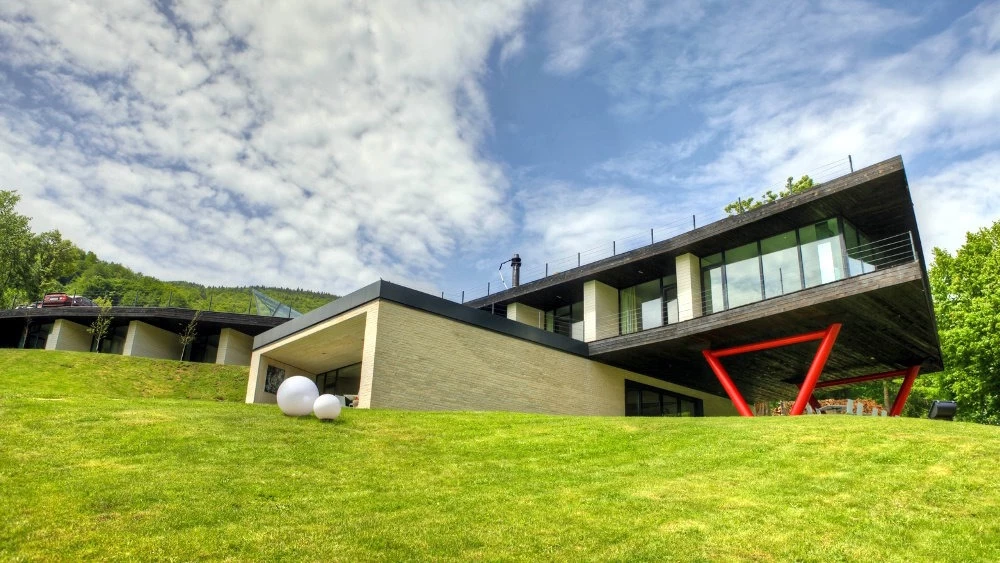 Villas
Villas
Facilities
 Kitchen
Kitchen
 Free parking
Free parking
 Outdoor activities
Outdoor activities
 Jacuzzi
Jacuzzi
 Pet friendly
Pet friendly
 Kids friendly
Kids friendly
 NETFLIX
NETFLIX
 Free Wi-fi
Free Wi-fi
 Laptop friendly
Laptop friendly
 Garden
Garden
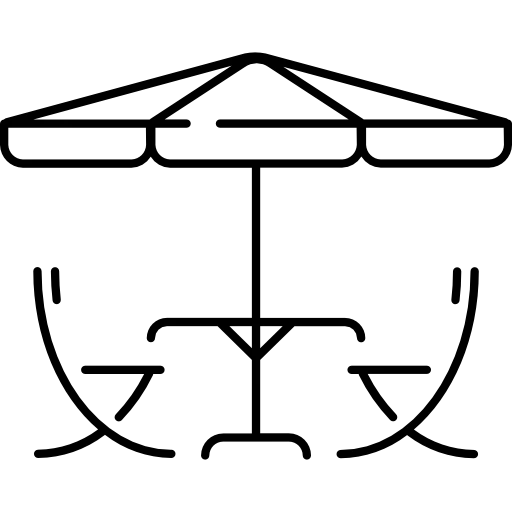 Terrace
Terrace
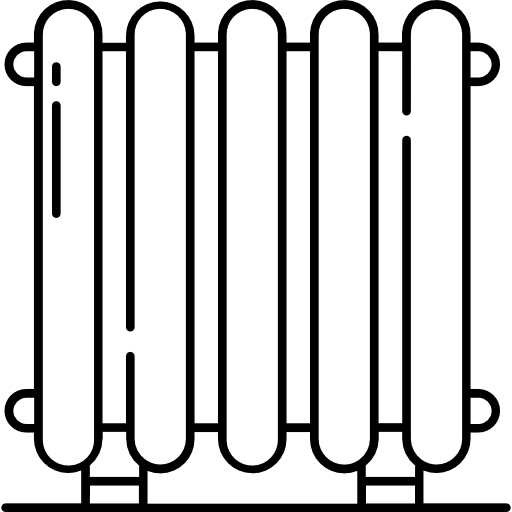 Heating
Heating
 Laundry and dry cleaning
Laundry and dry cleaning
 Remote work
Remote work
 Grocery deliveries
Grocery deliveries
 24h front desk
24h front desk
 Luggage support
Luggage support
Show All
Rules

Units
Reviews
Write a review
Location
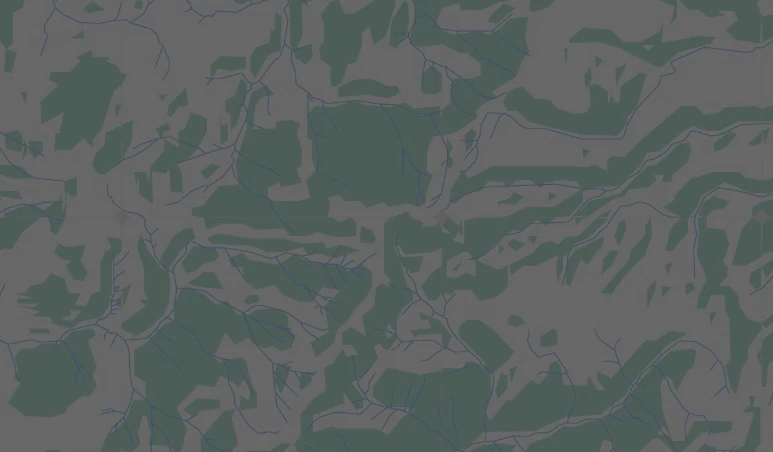
Availability
Add dates for prices
Contact the host, no commission


 Barbeque area
Barbeque area
 Bike rental
Bike rental
 Jacuzzi
Jacuzzi
 Sunbeds
Sunbeds
 Hammocks
Hammocks
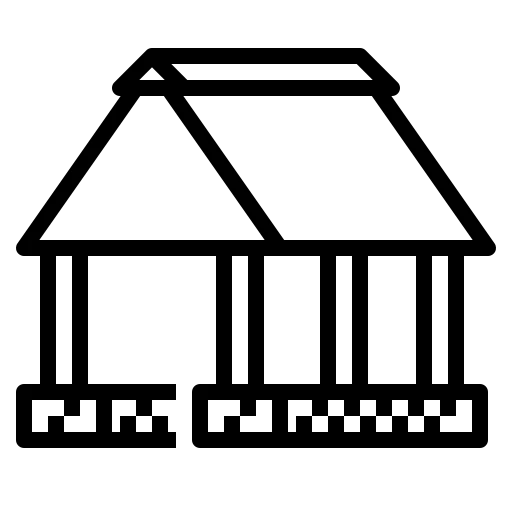 Pavilion
Pavilion
 Barbecue facilities
Barbecue facilities
 Cauldron cooking
Cauldron cooking
 ATVs
ATVs
 Badminton kit
Badminton kit
 Horse riding
Horse riding
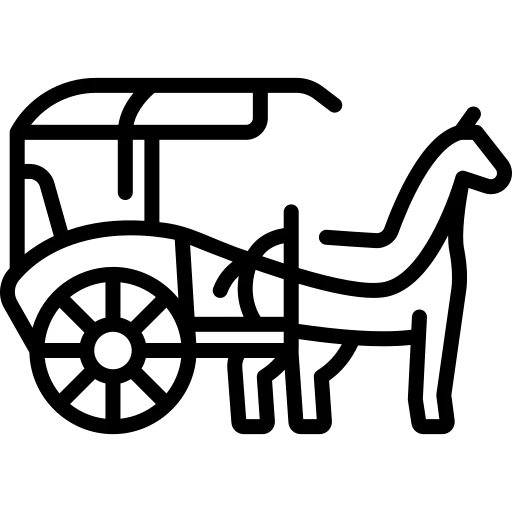 Carriage rides
Carriage rides
 Hiking
Hiking
 Fishing
Fishing
 Cultural tours
Cultural tours
 Cooking classes
Cooking classes
 Hair dryer
Hair dryer
 Body towels
Body towels
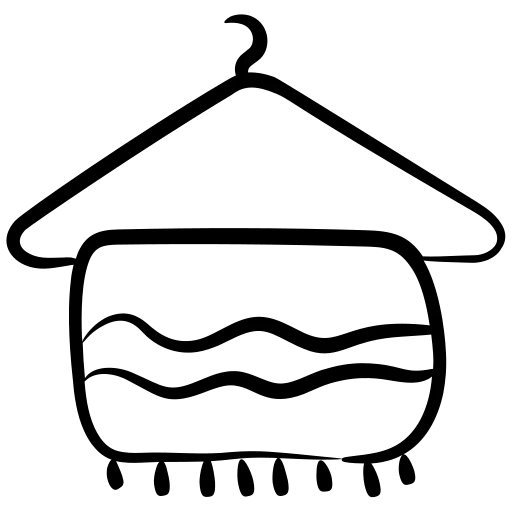 Hand towels
Hand towels
 Liquid soap
Liquid soap
 Shampoo
Shampoo
 Toilet paper
Toilet paper
 Clothes dryer
Clothes dryer
 Dishwasher
Dishwasher
 Refrigerator
Refrigerator
 Oven
Oven
 Stove
Stove
 Espresso machine
Espresso machine
 Kettle
Kettle
 Crockery
Crockery
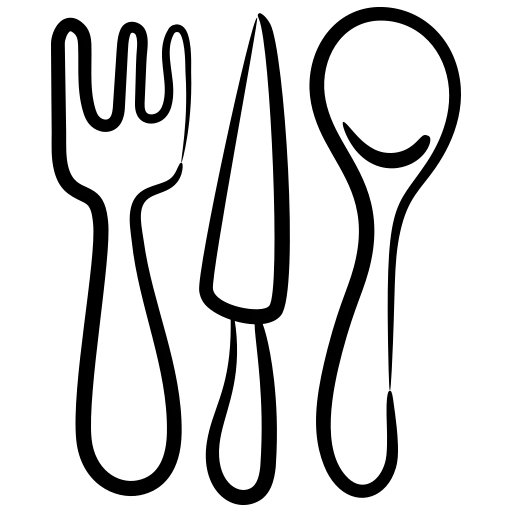 Cutlery
Cutlery
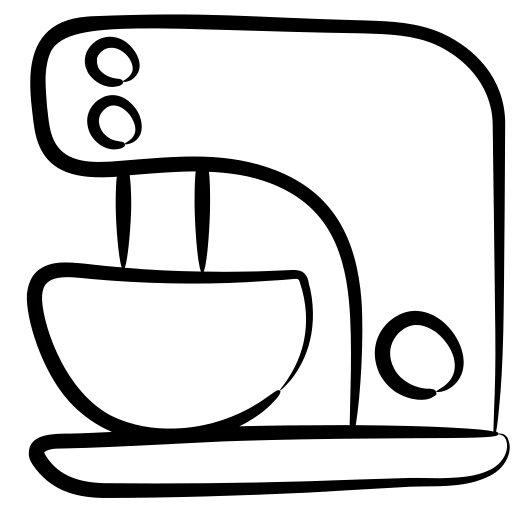 Coffee maker
Coffee maker
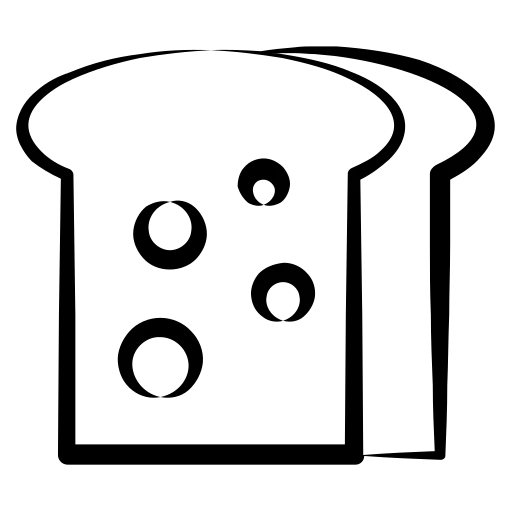 Toaster
Toaster
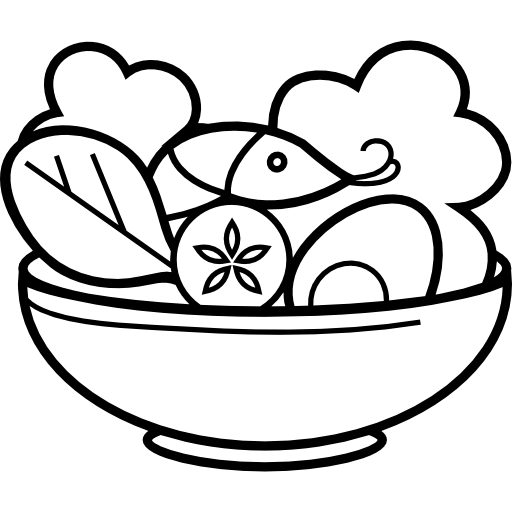 Slow food option
Slow food option
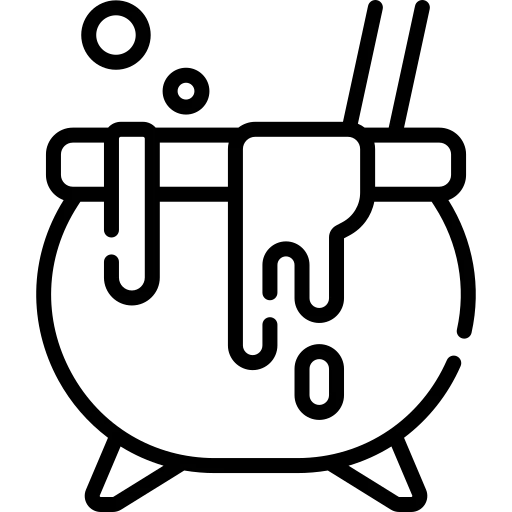 Traditional gastronomy
Traditional gastronomy
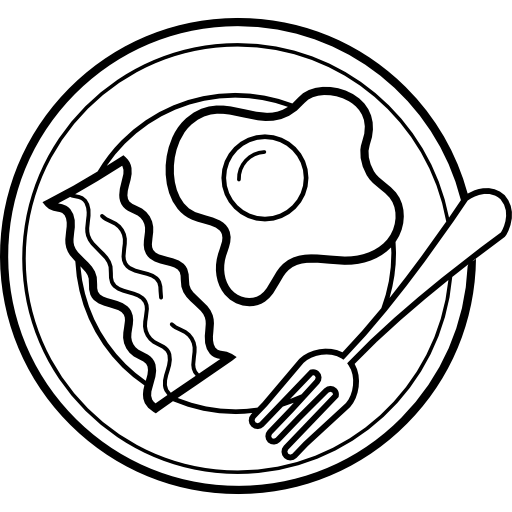 Breakfast
Breakfast
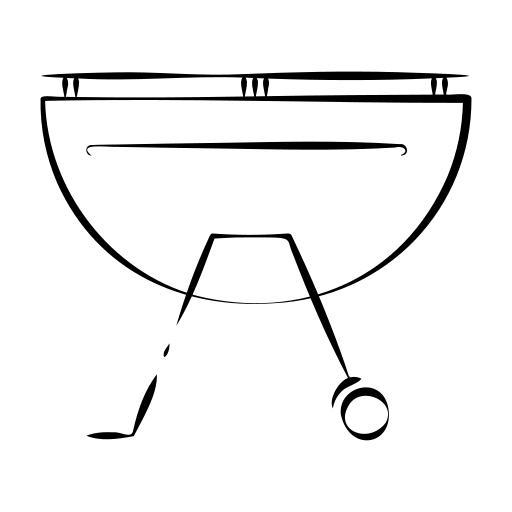 Self catering
Self catering
 Kitchen
Kitchen
 Free parking
Free parking
 Outdoor activities
Outdoor activities
 Pet friendly
Pet friendly
 Kids friendly
Kids friendly
 NETFLIX
NETFLIX
 Free Wi-fi
Free Wi-fi
 Laptop friendly
Laptop friendly
 Garden
Garden
 Terrace
Terrace
 Heating
Heating
 Laundry and dry cleaning
Laundry and dry cleaning
 Remote work
Remote work
 Grocery deliveries
Grocery deliveries
 24h front desk
24h front desk
 Luggage support
Luggage support

